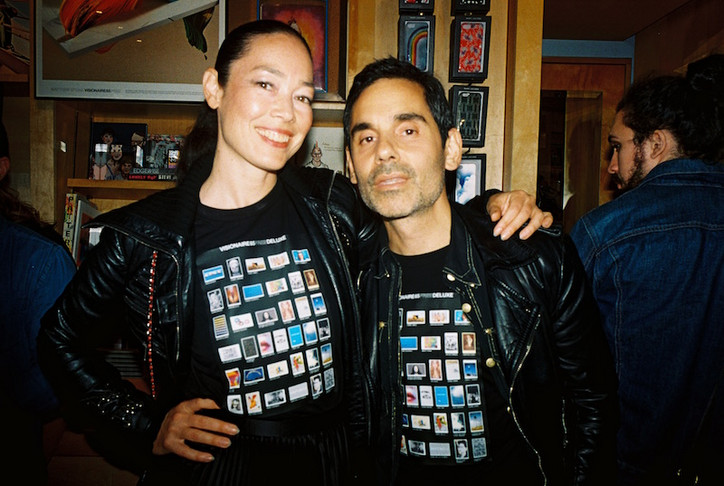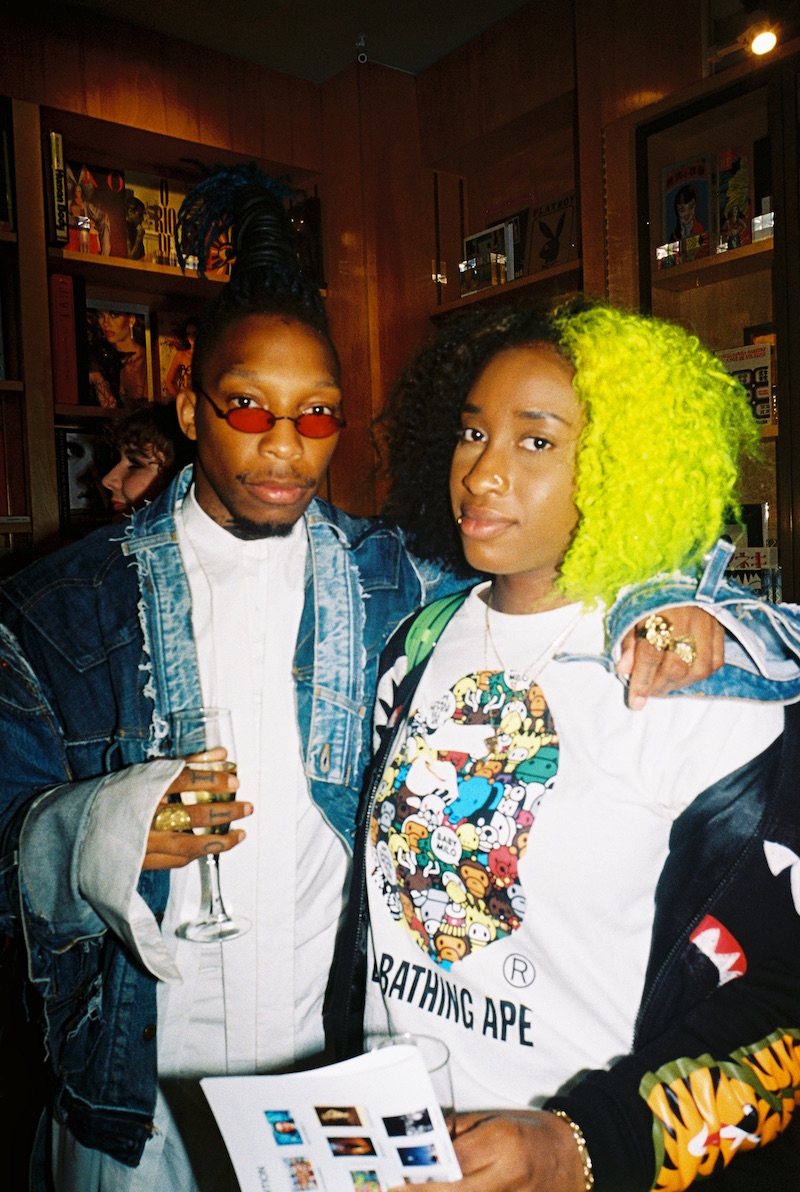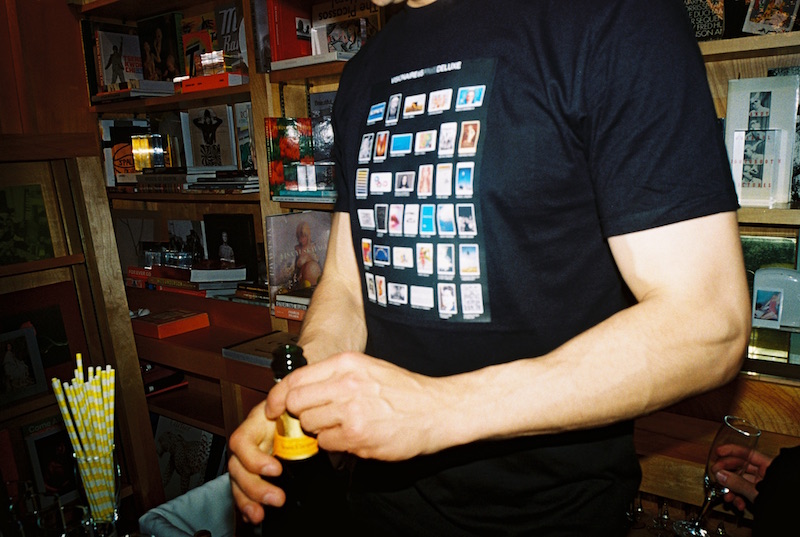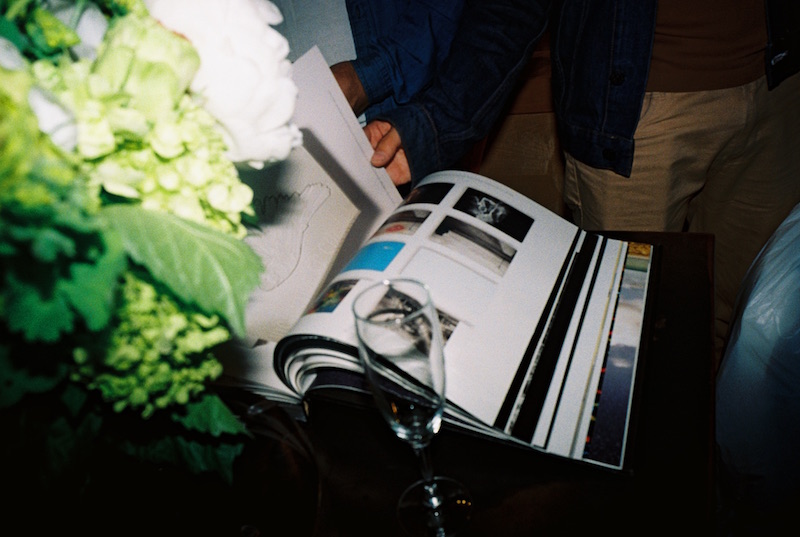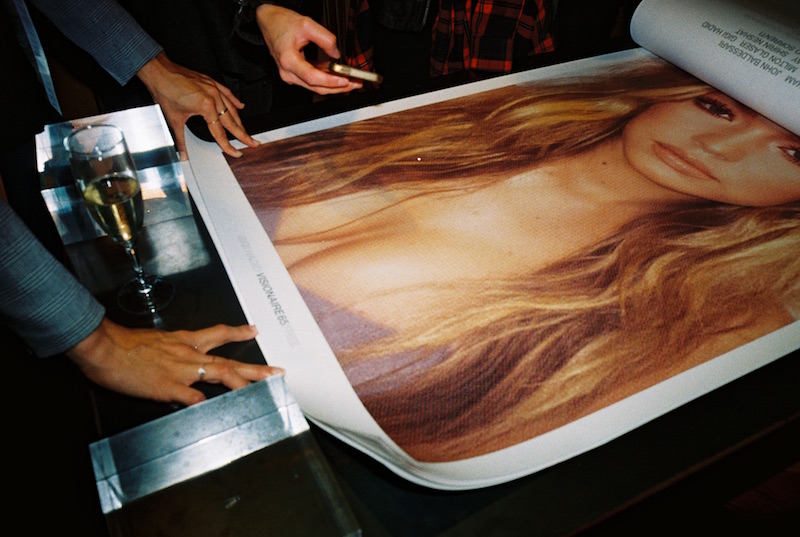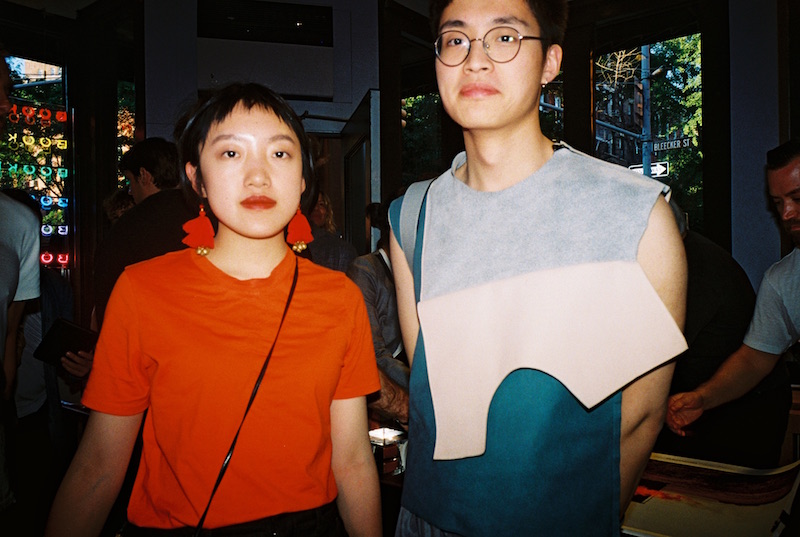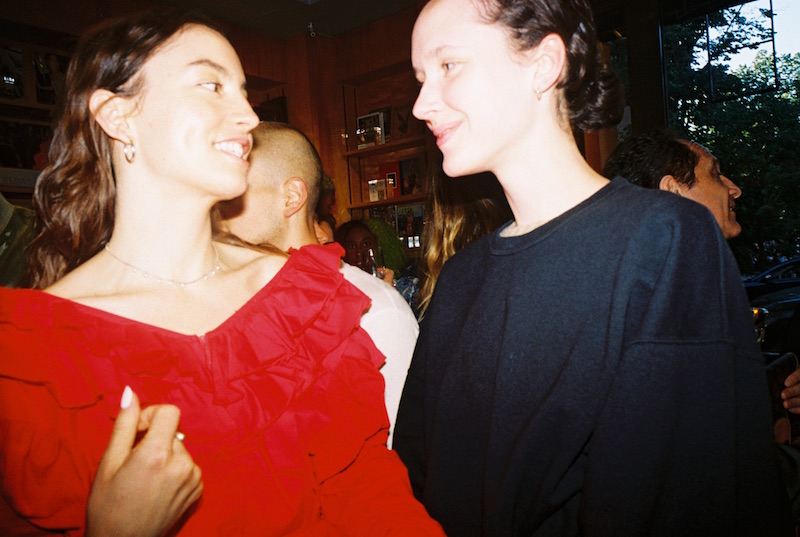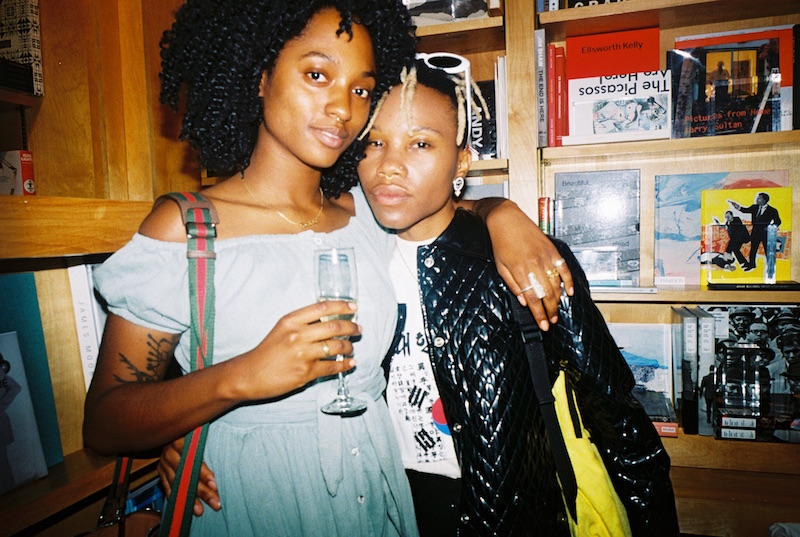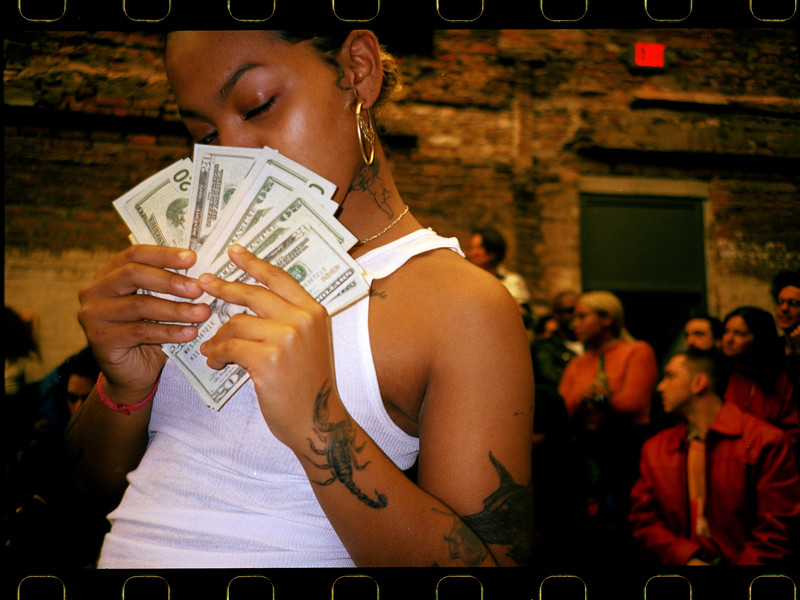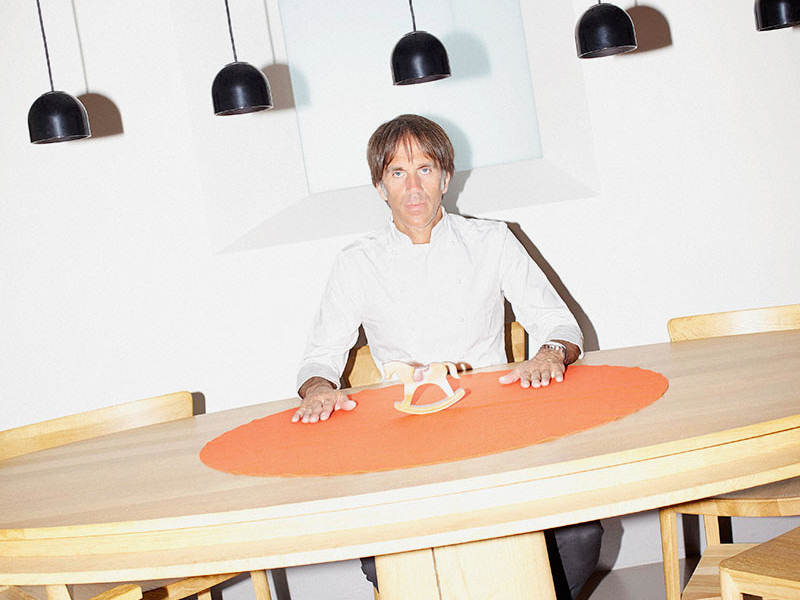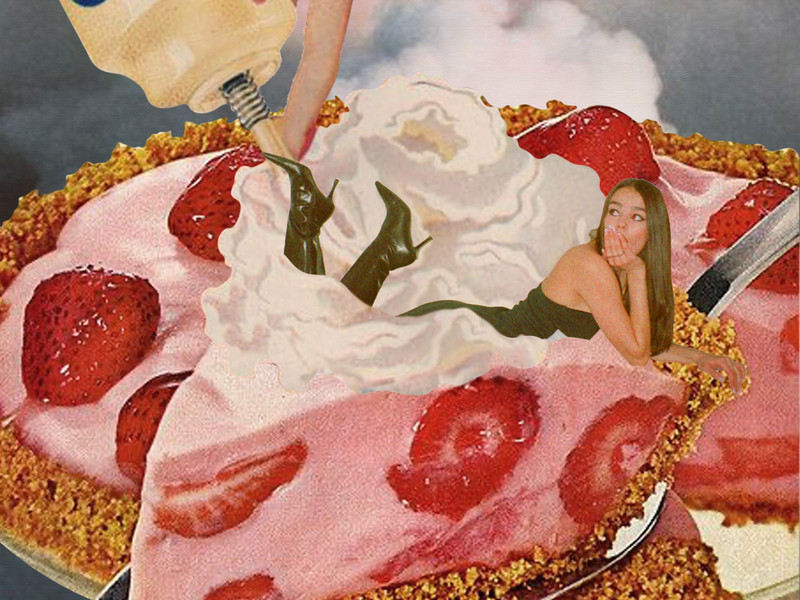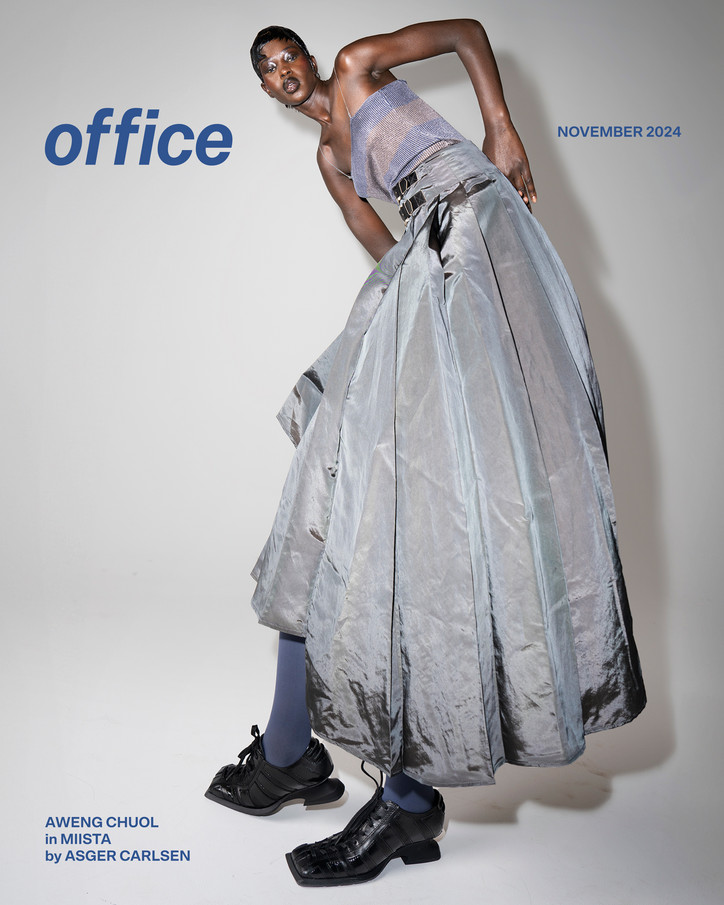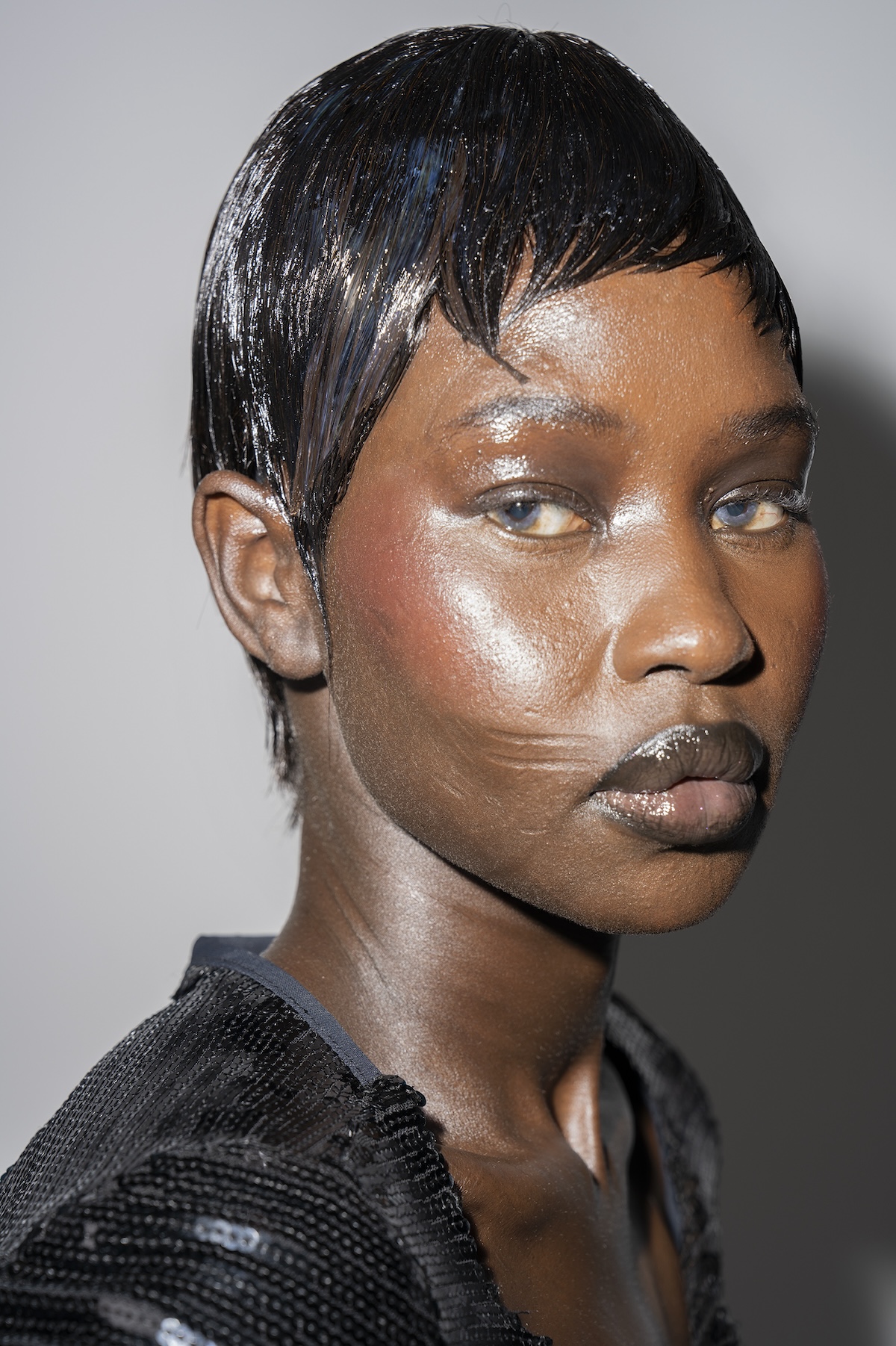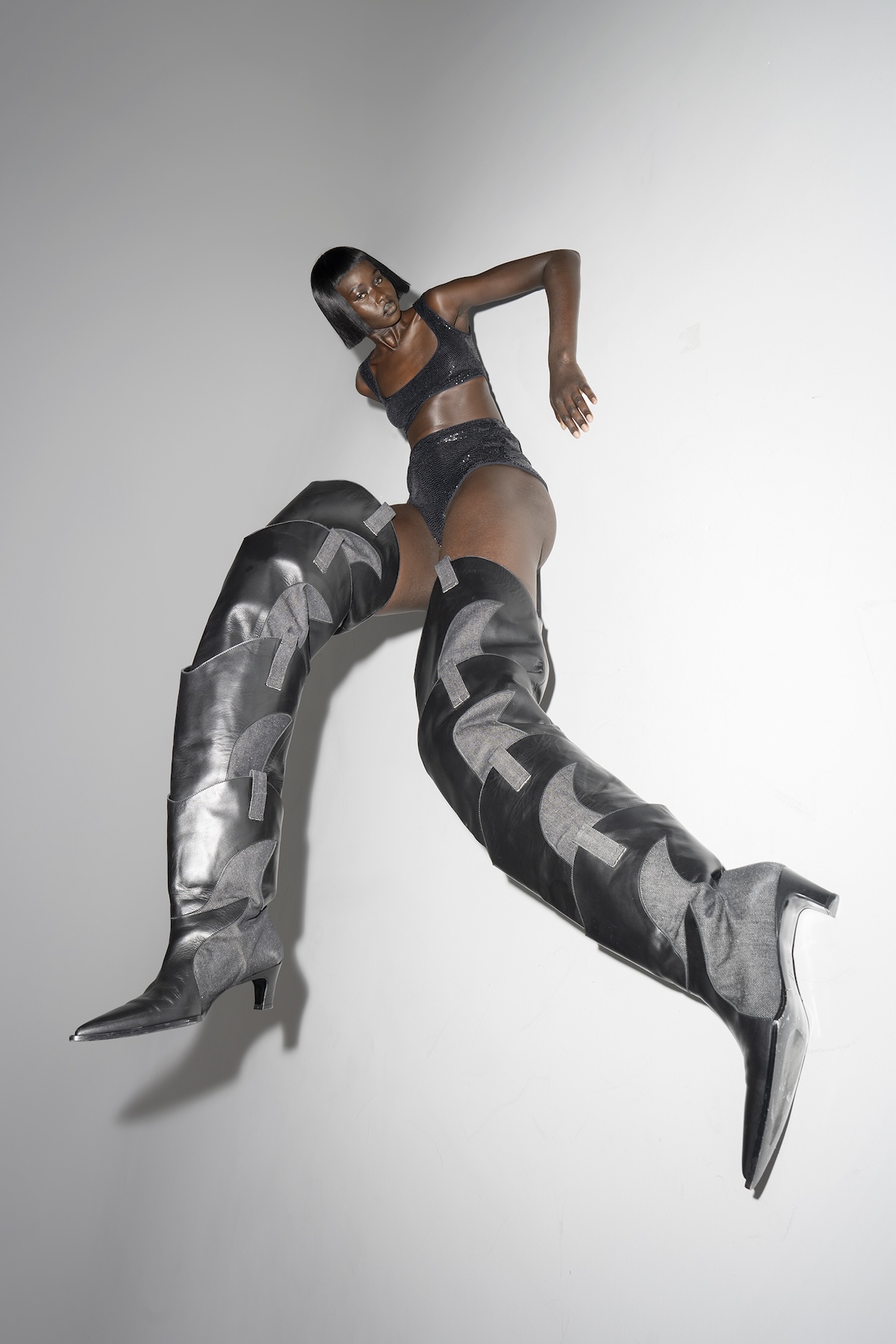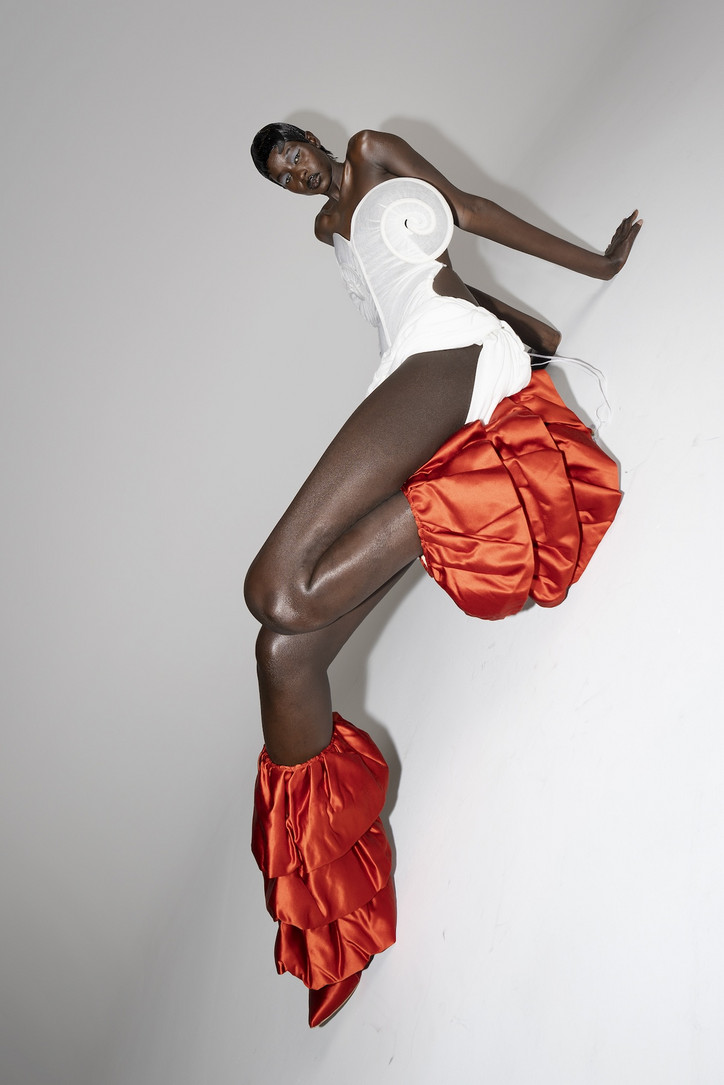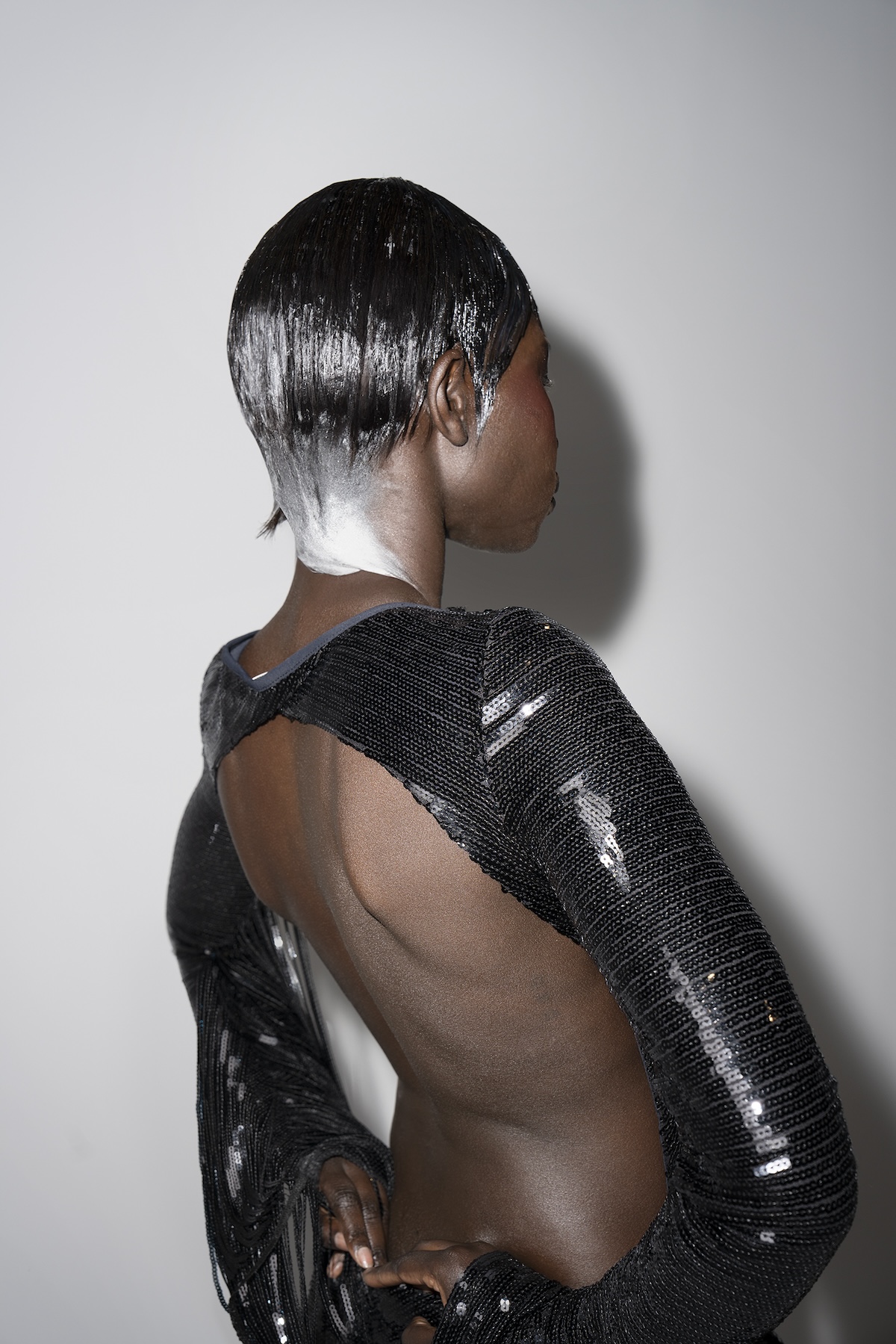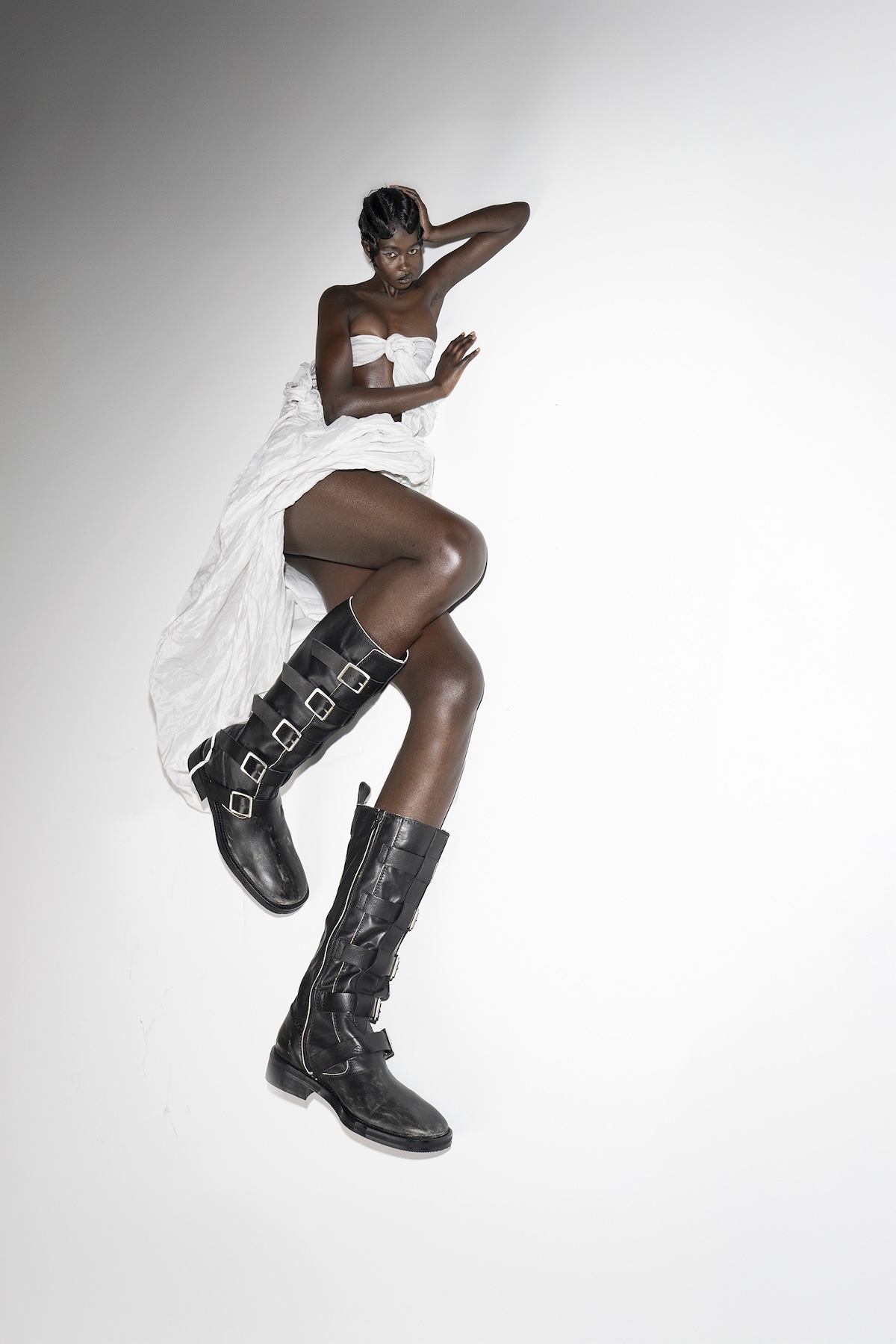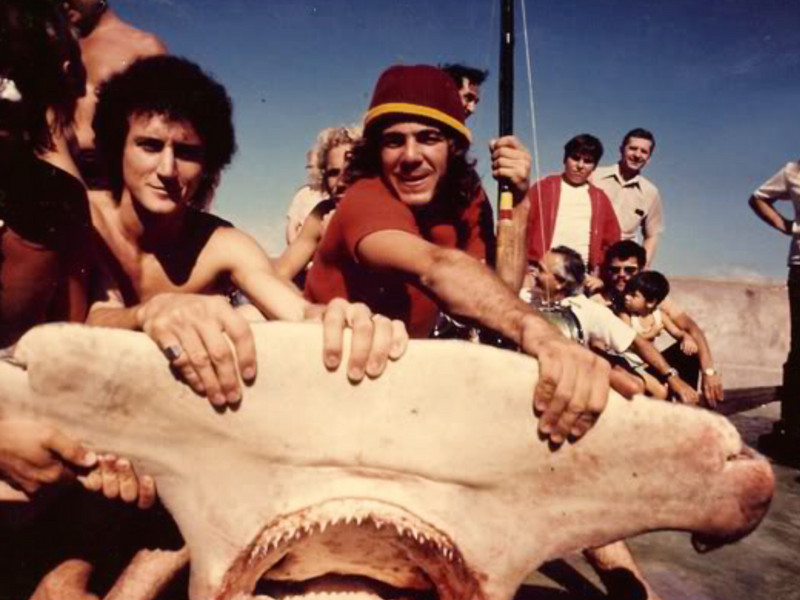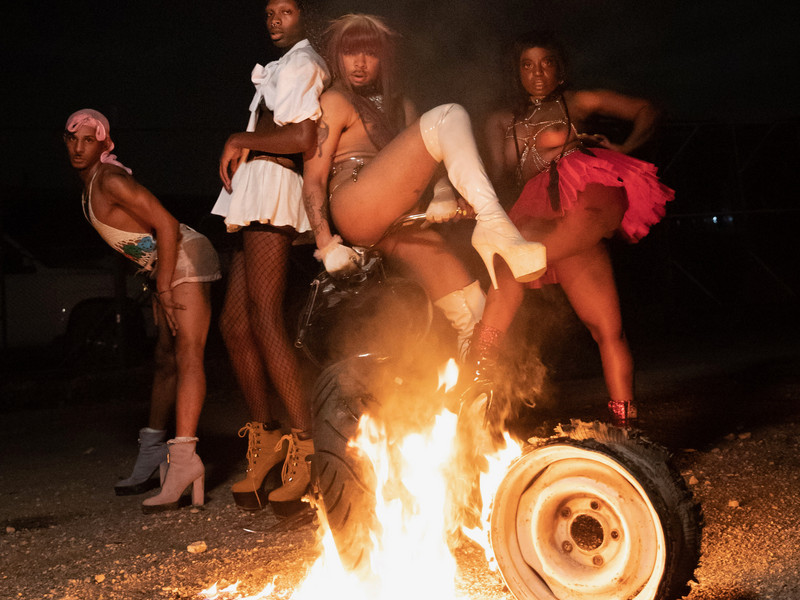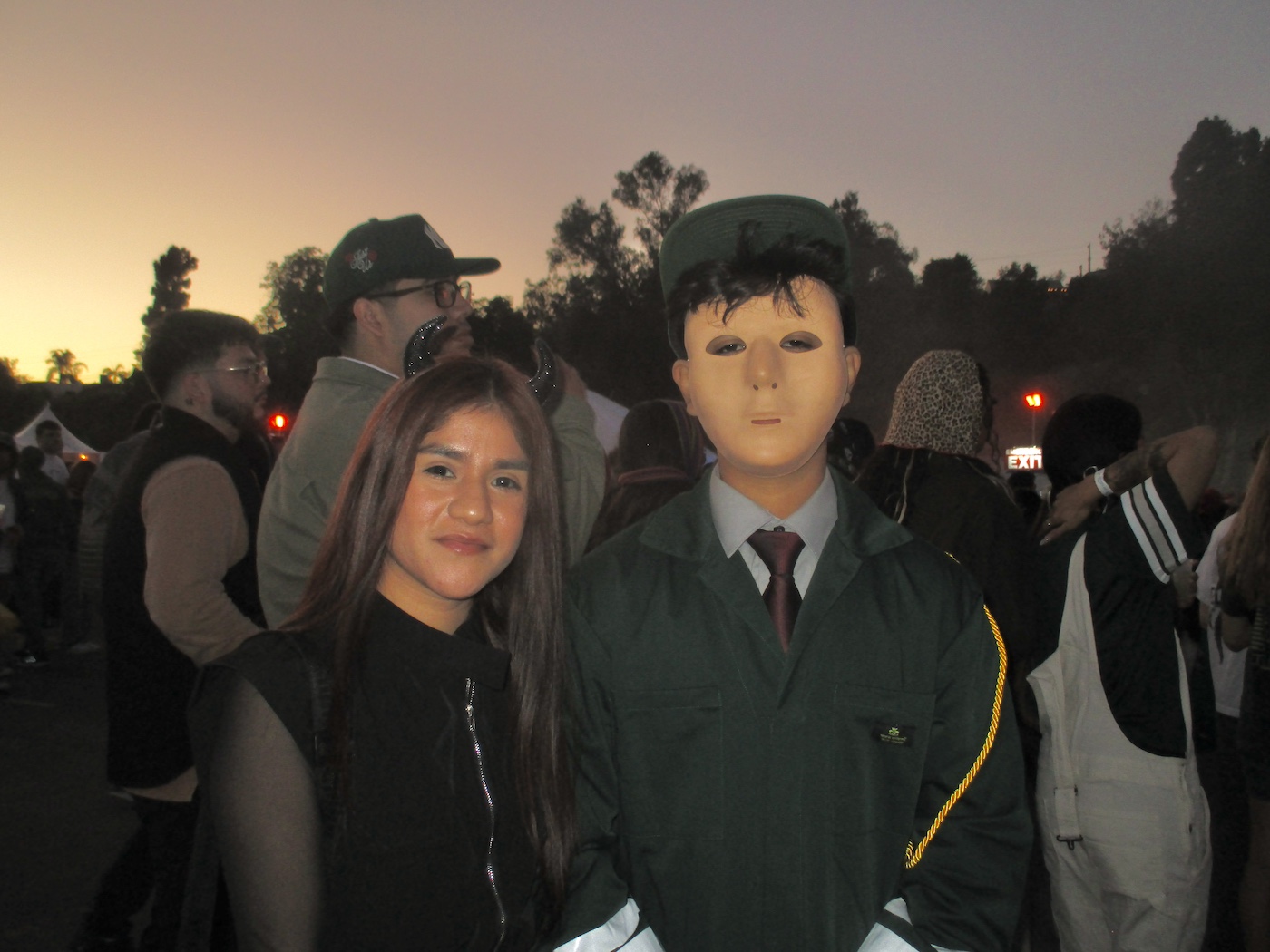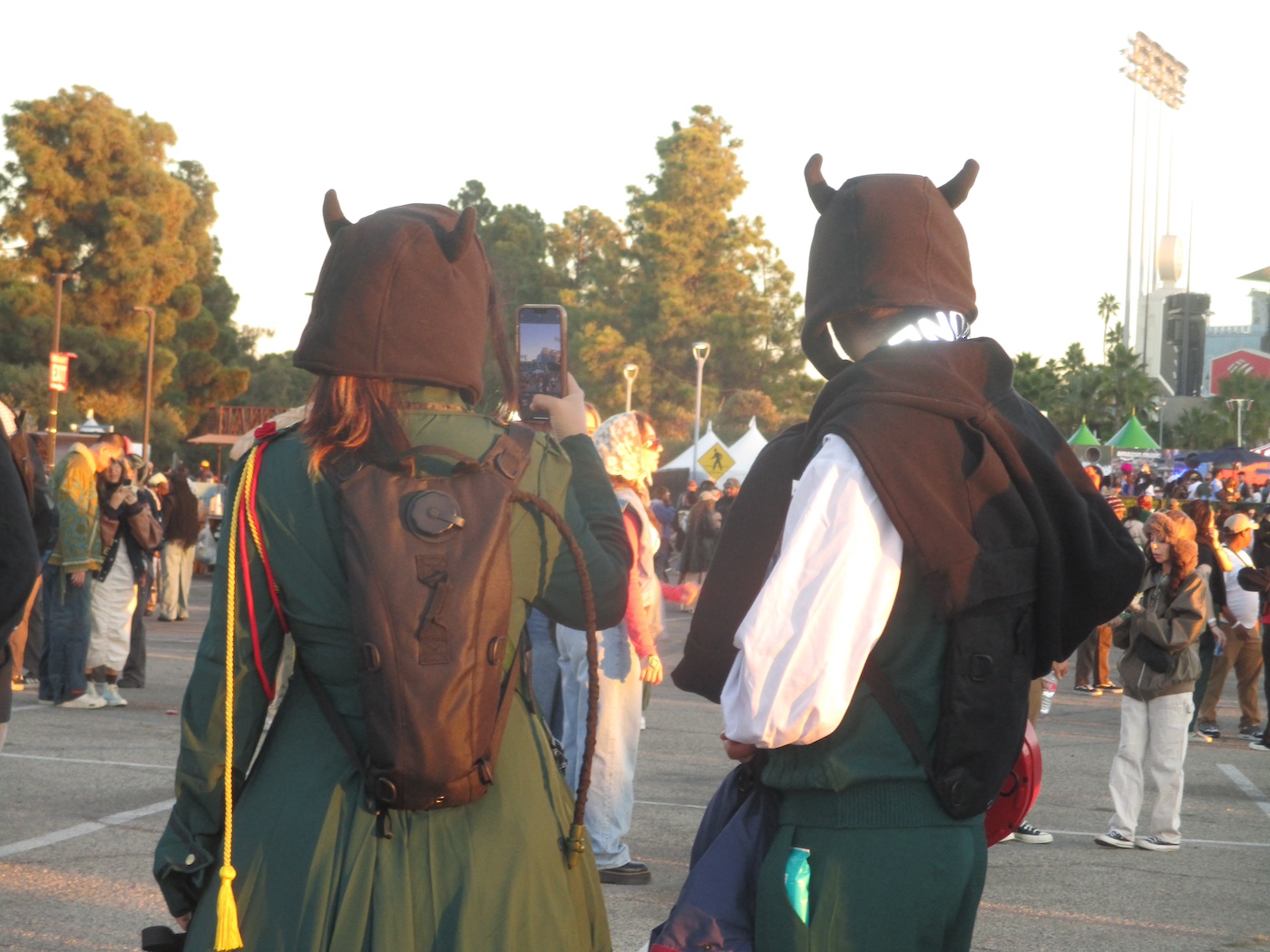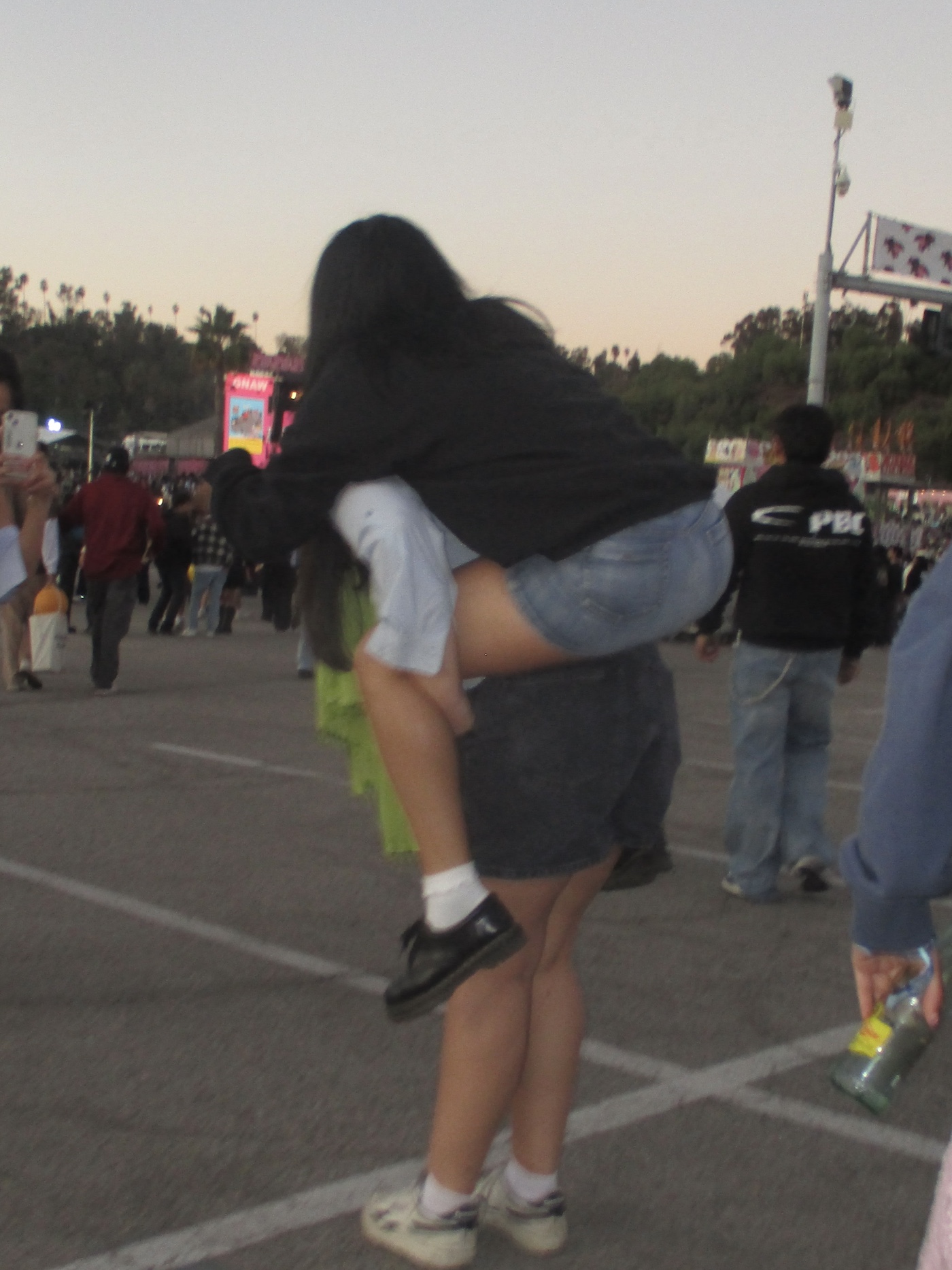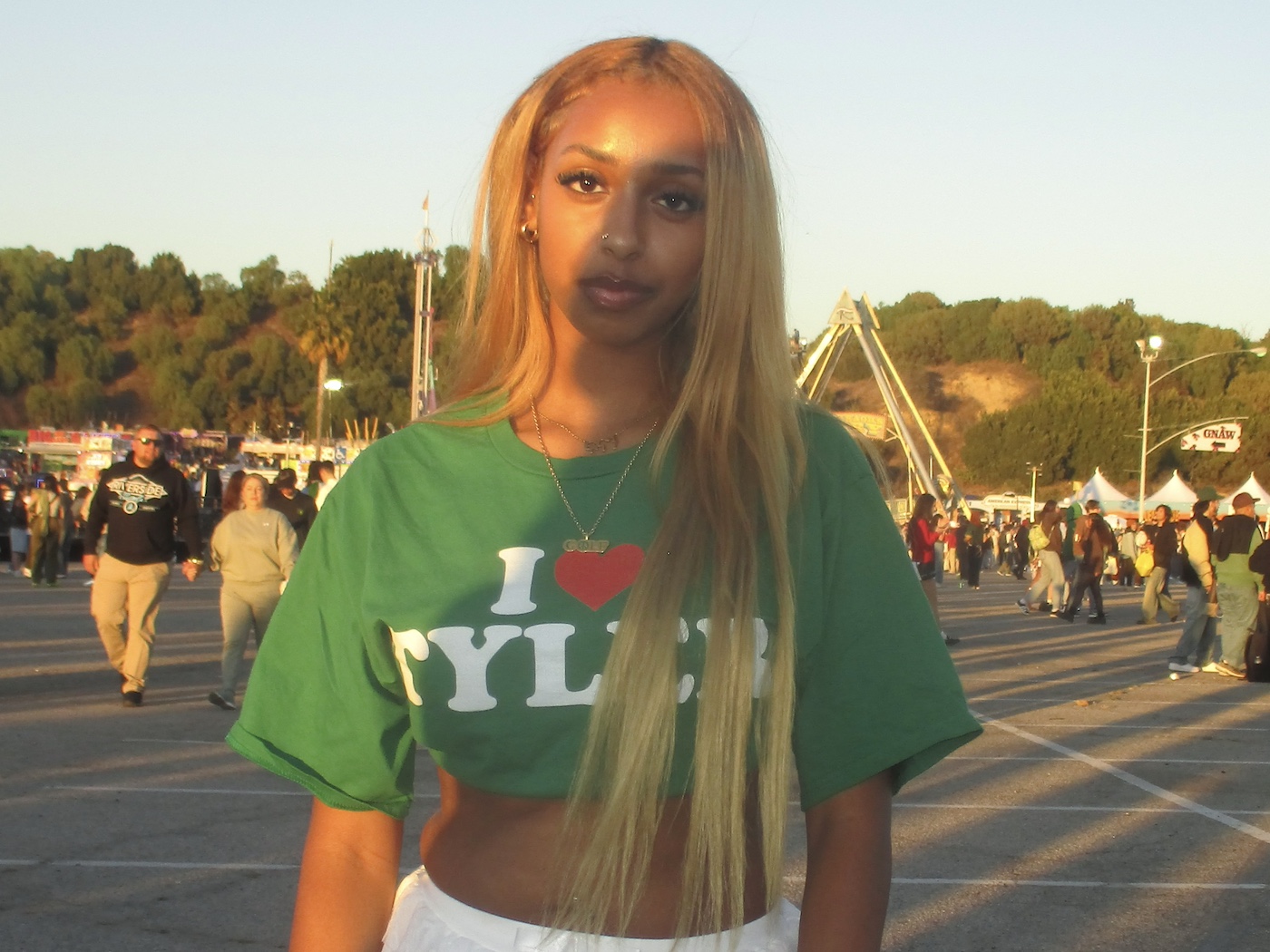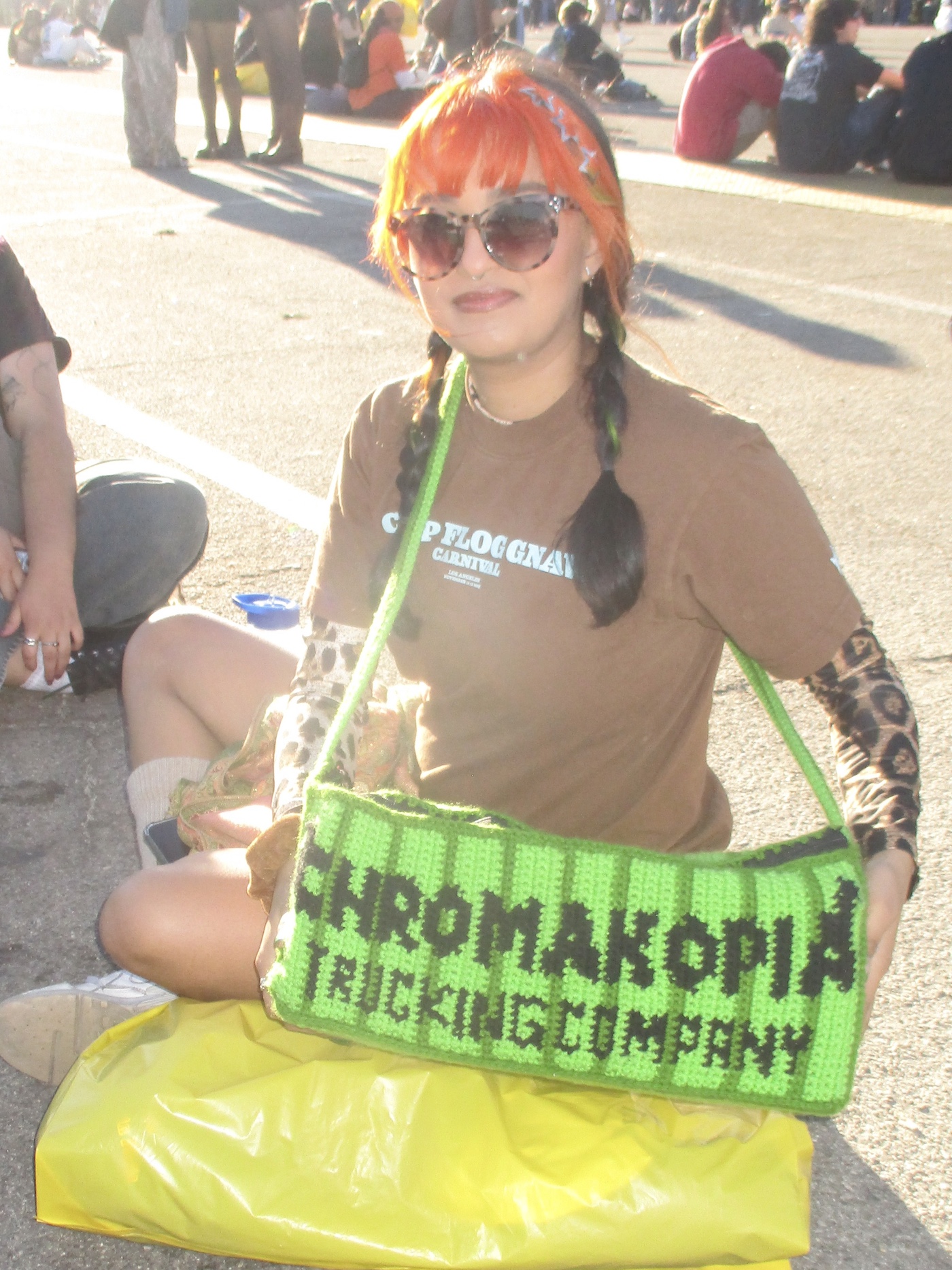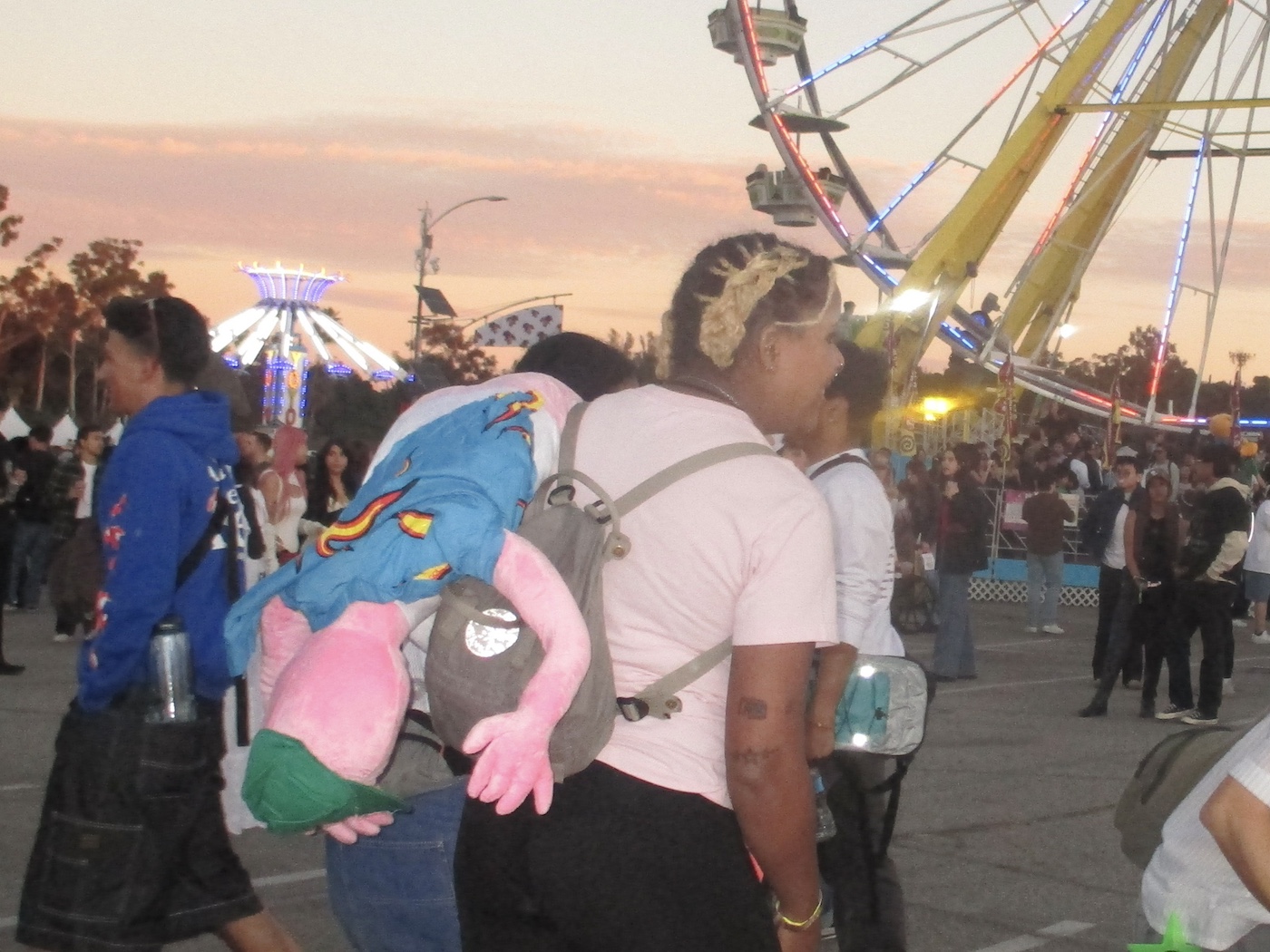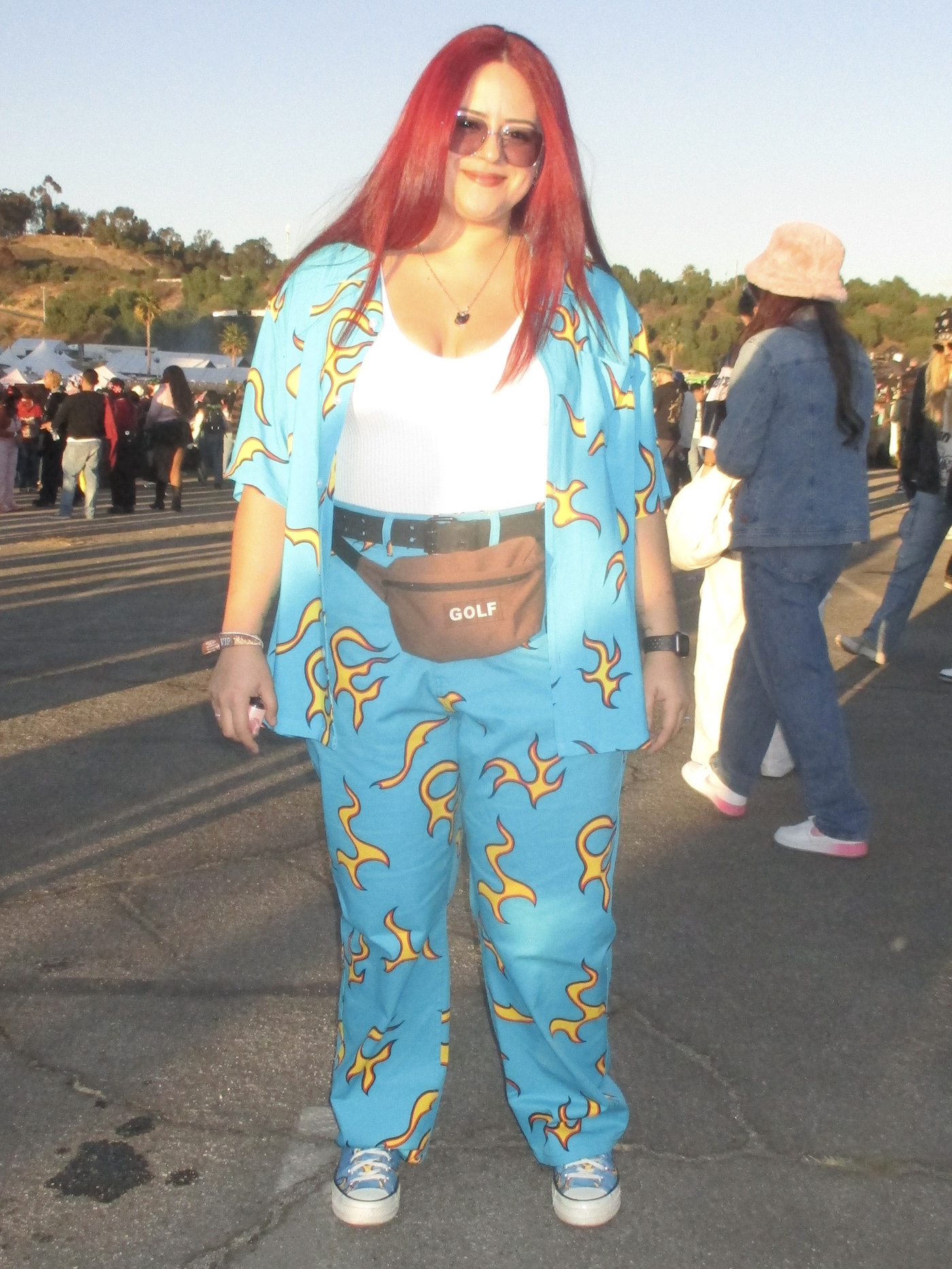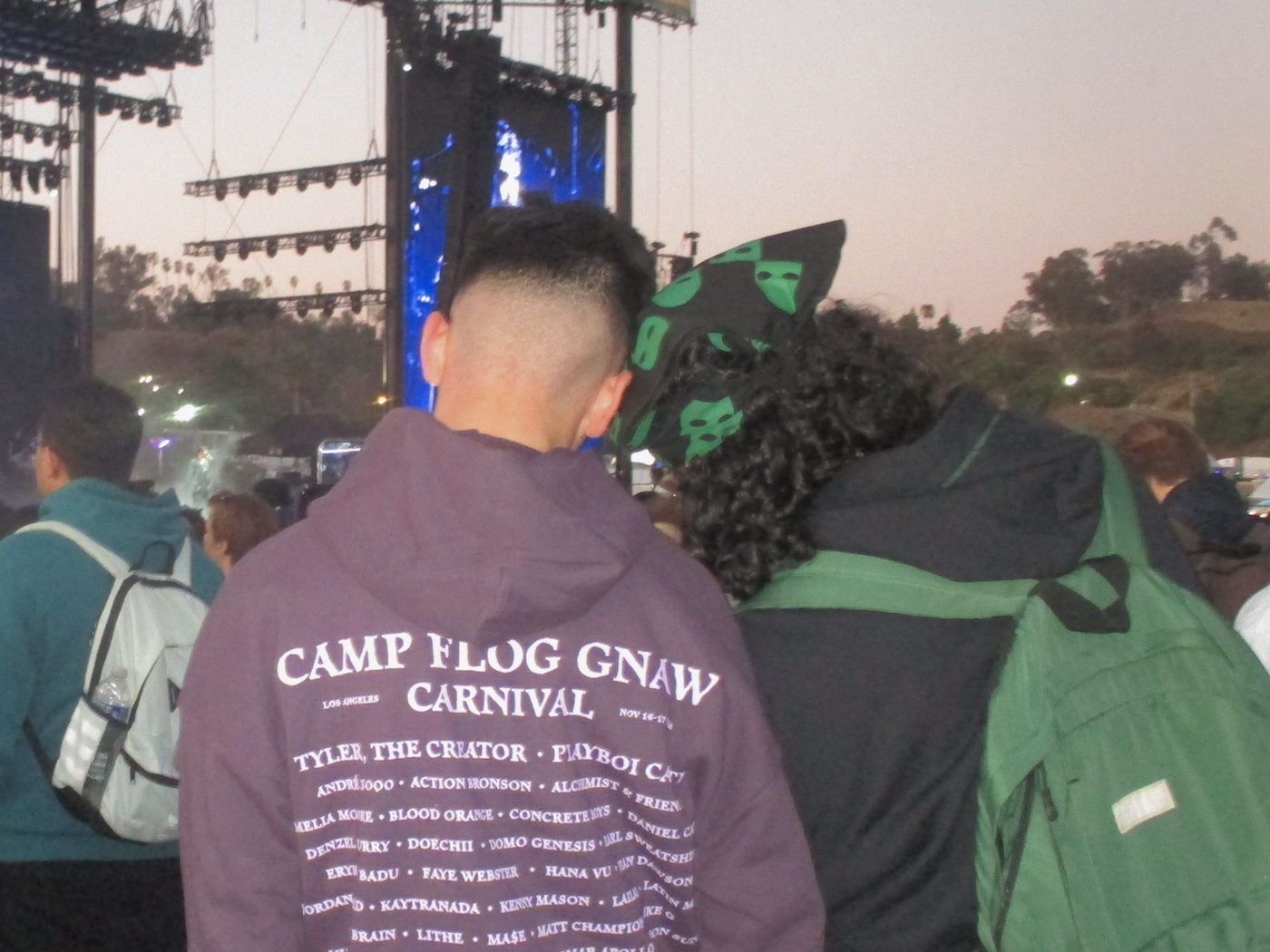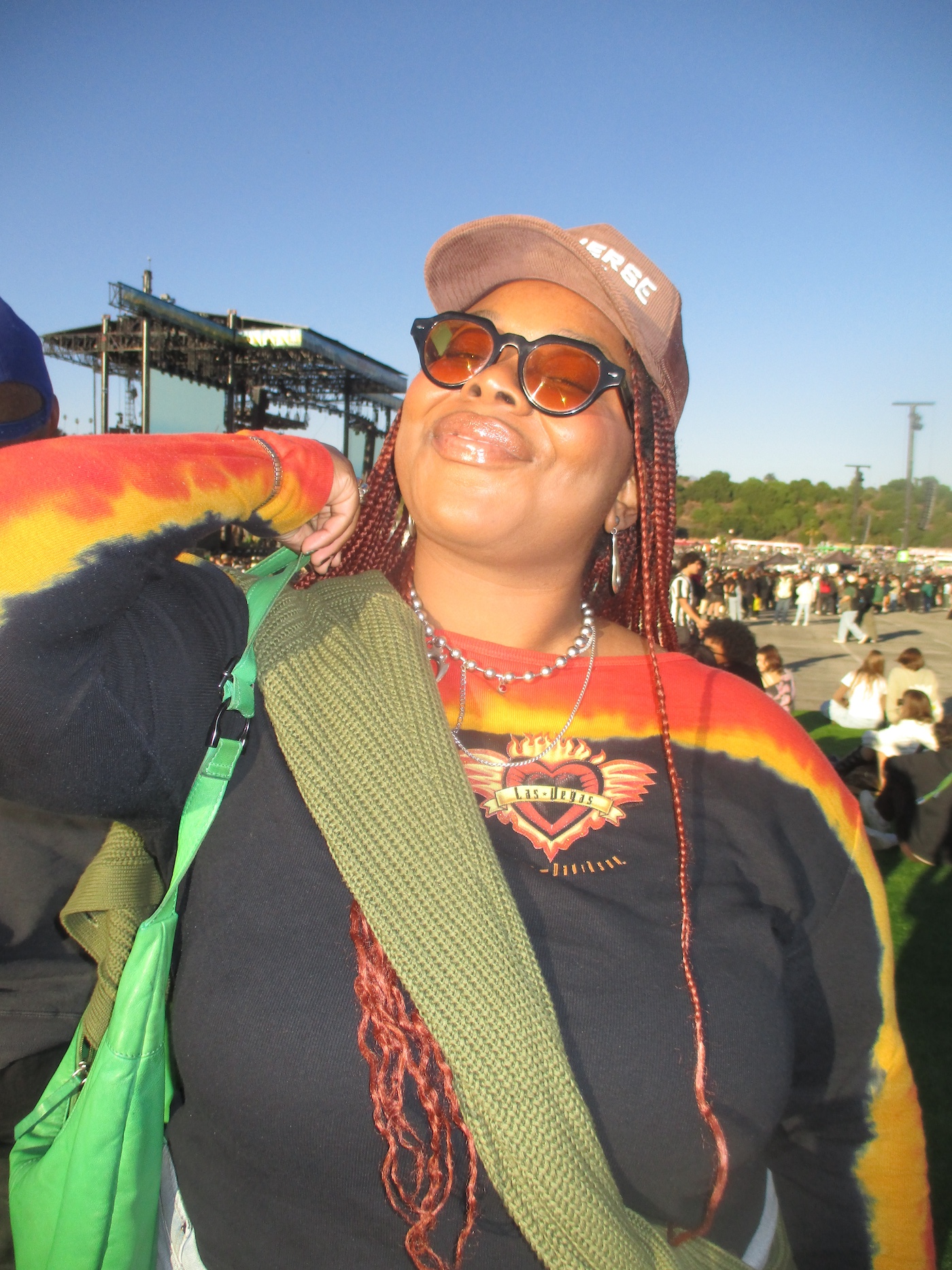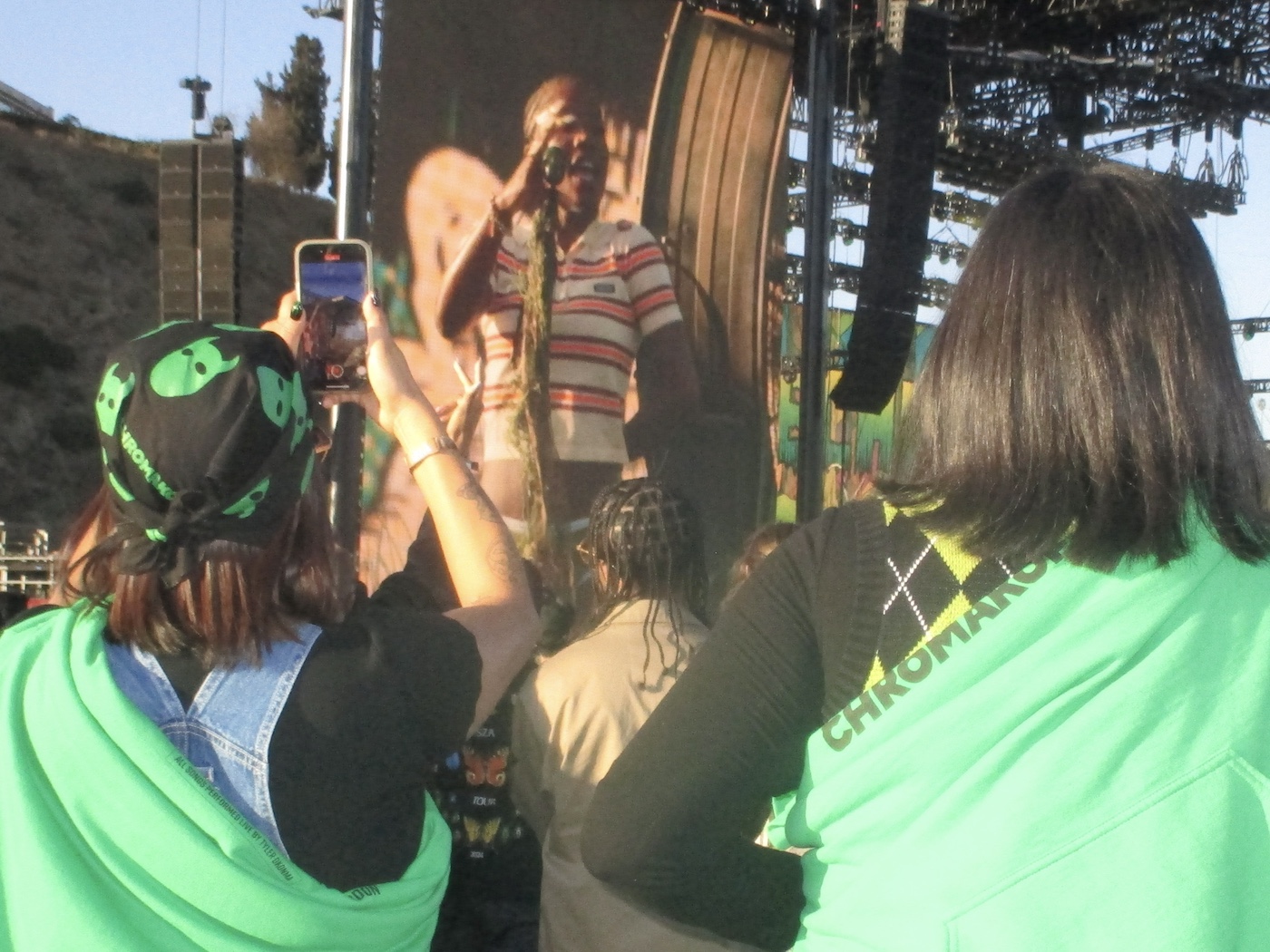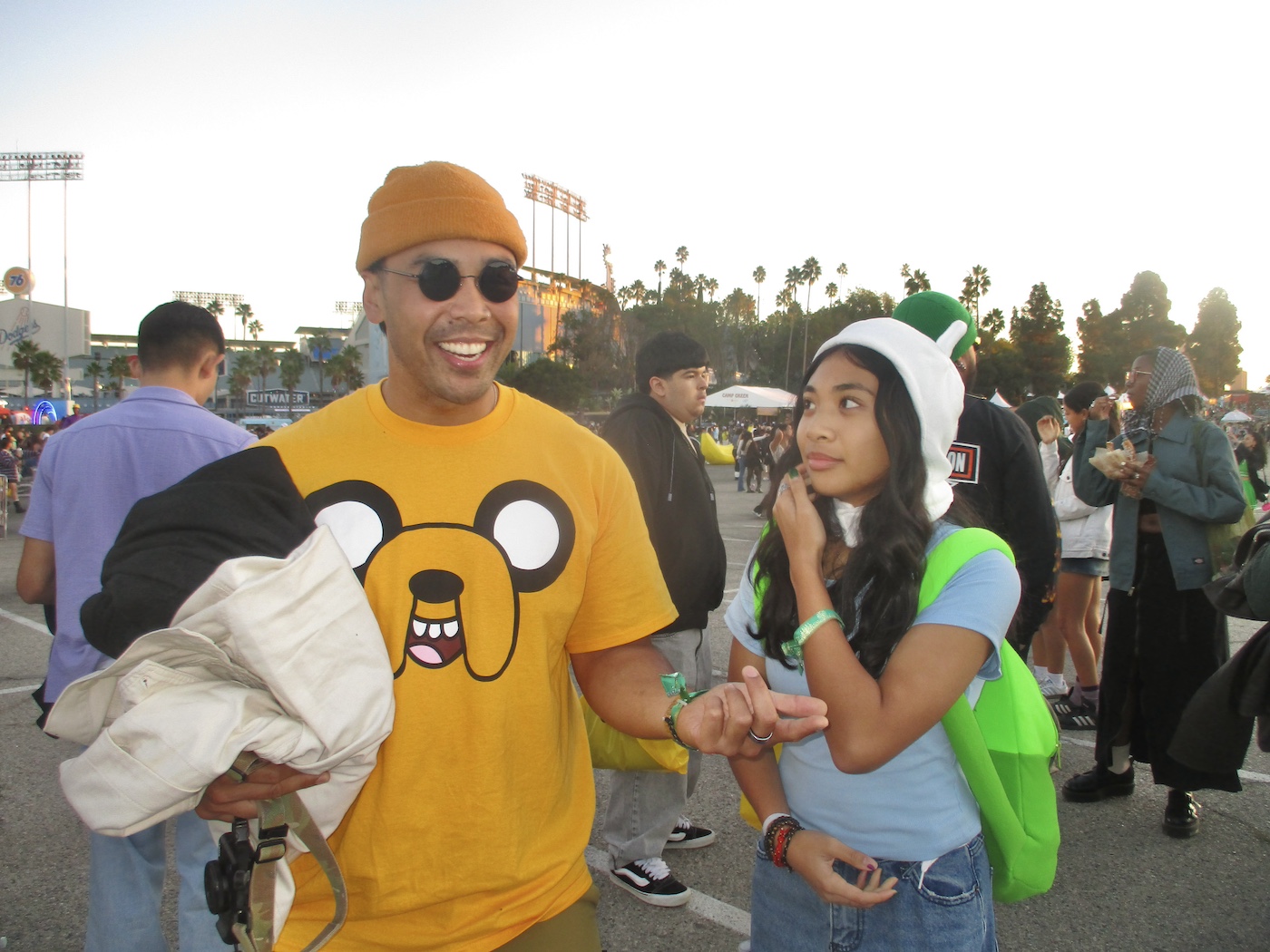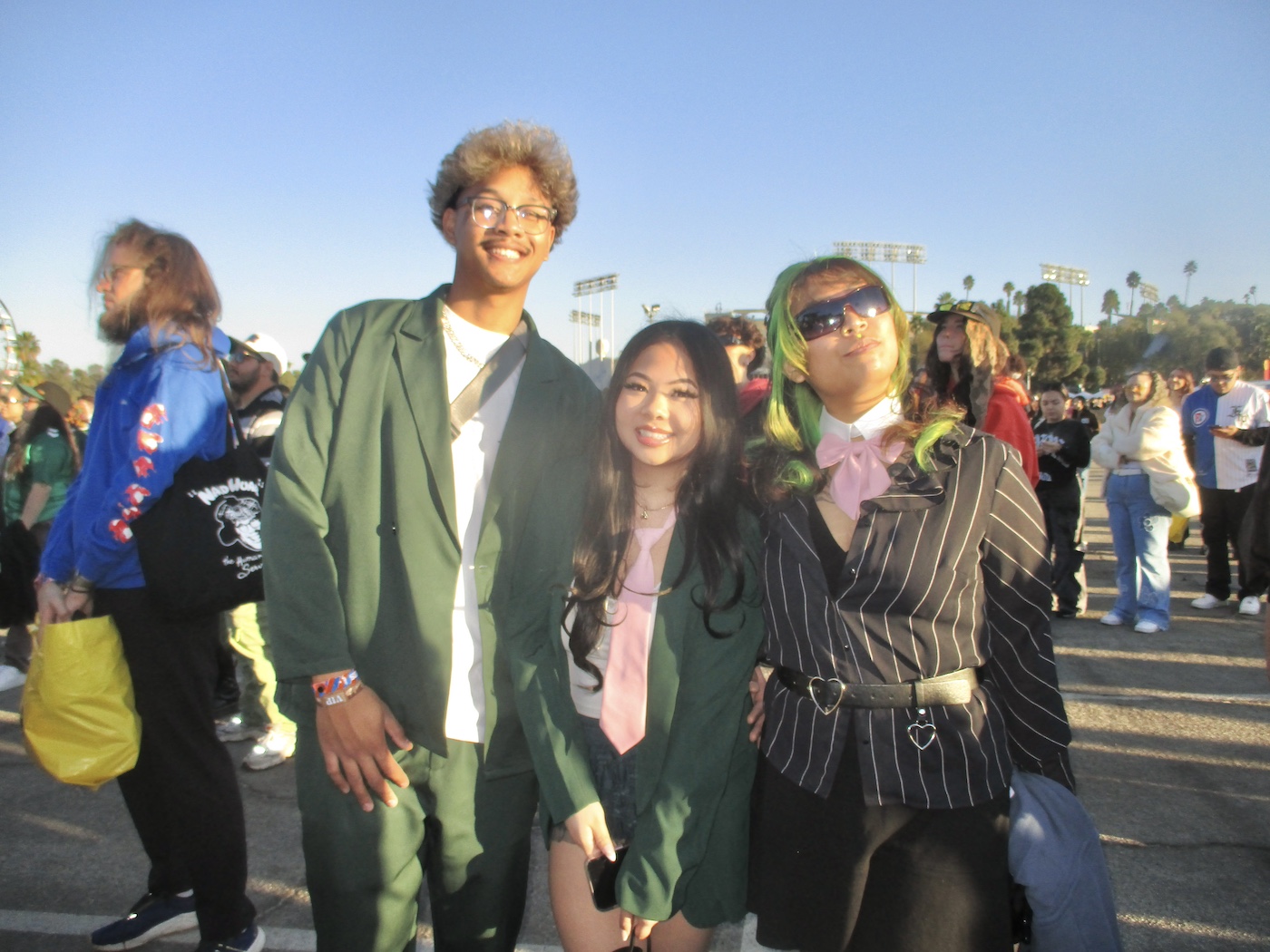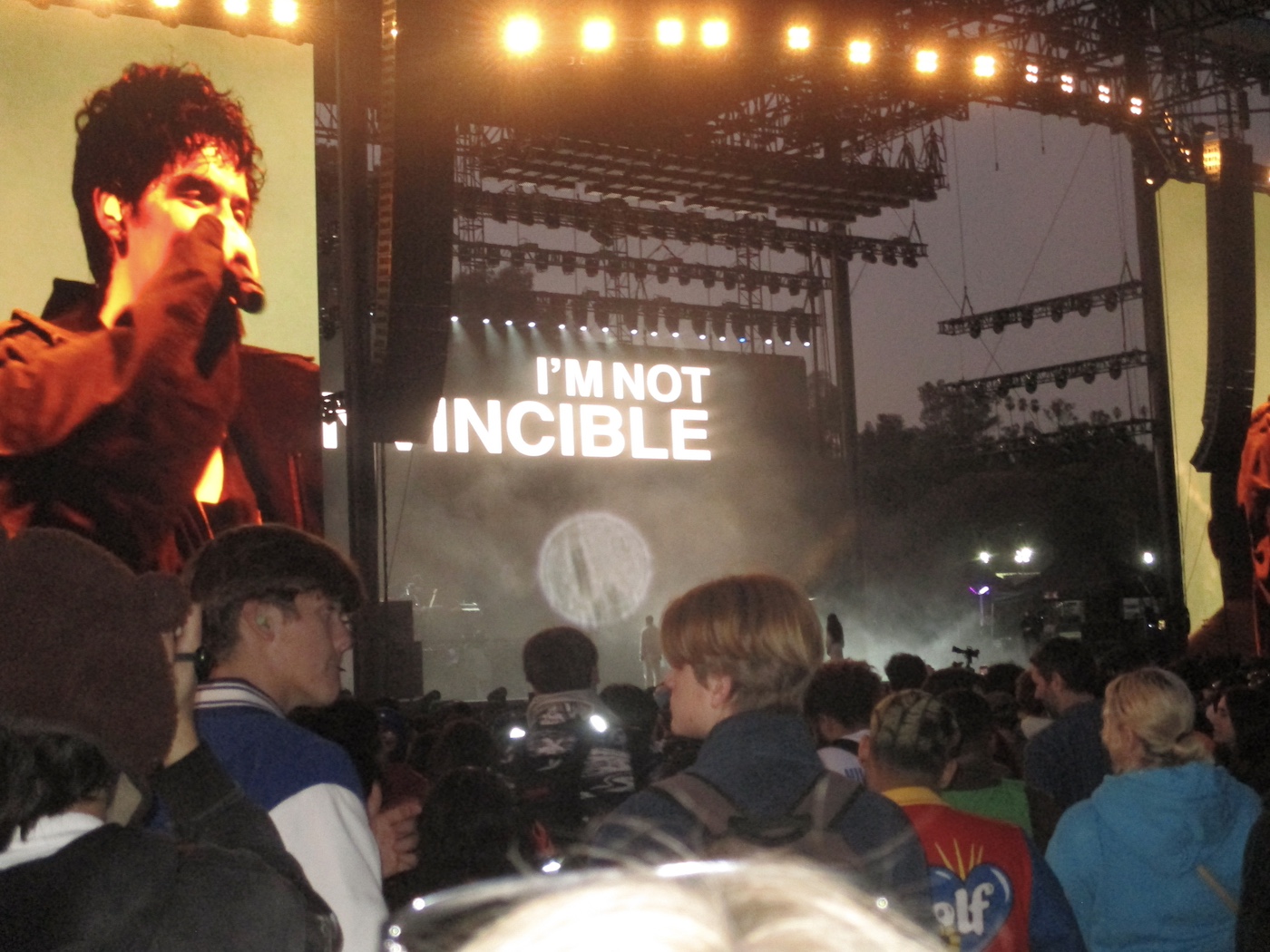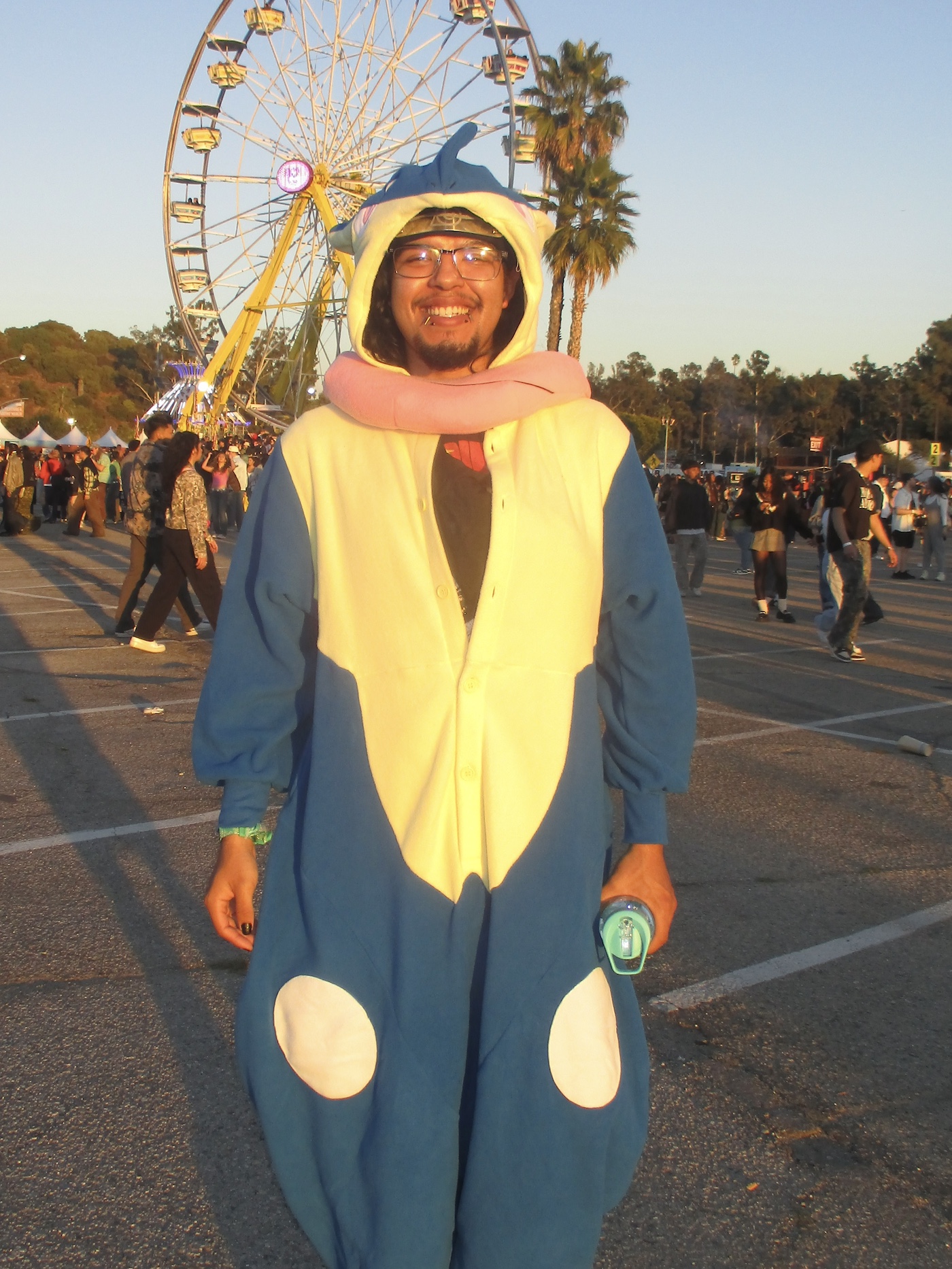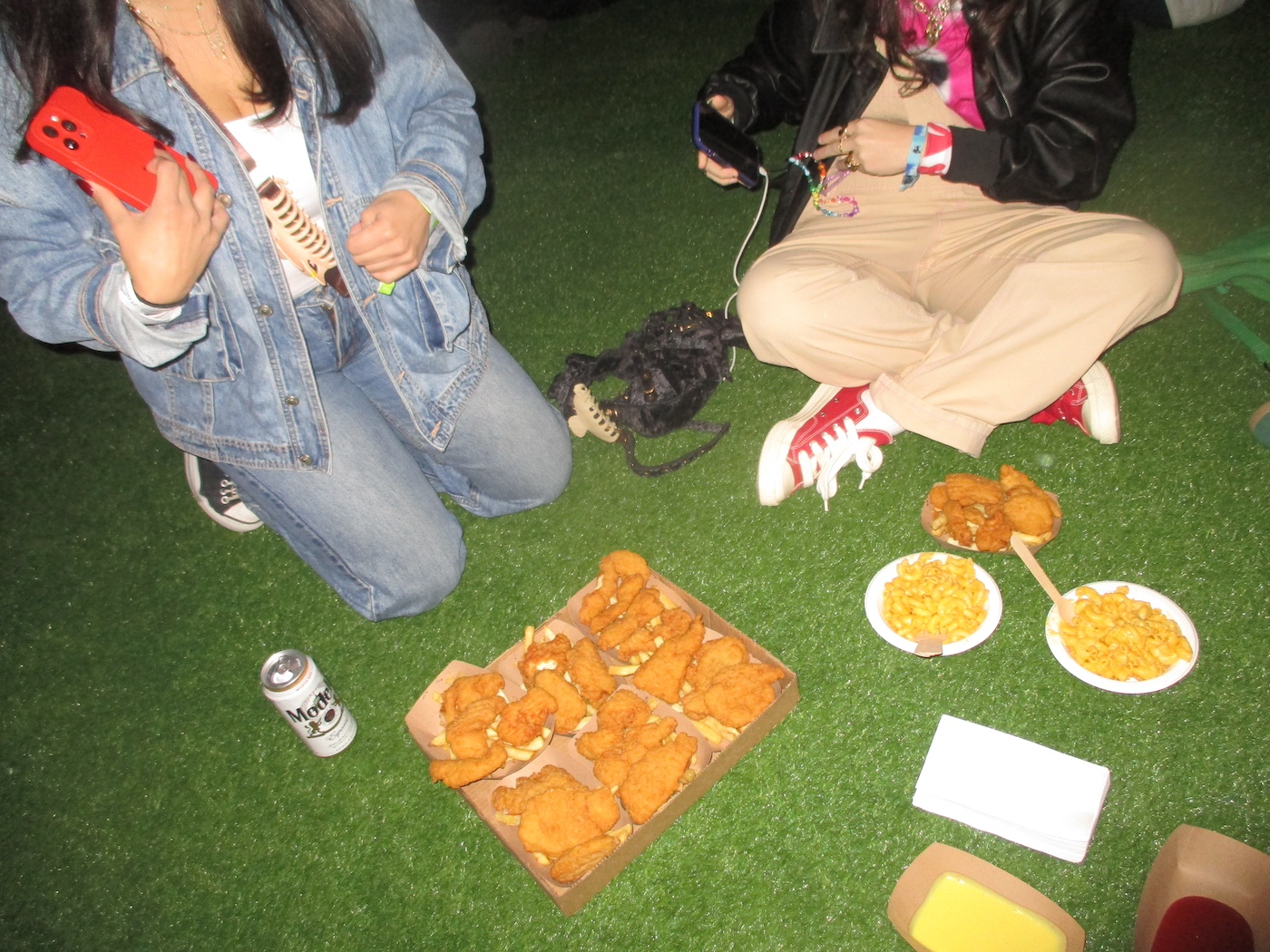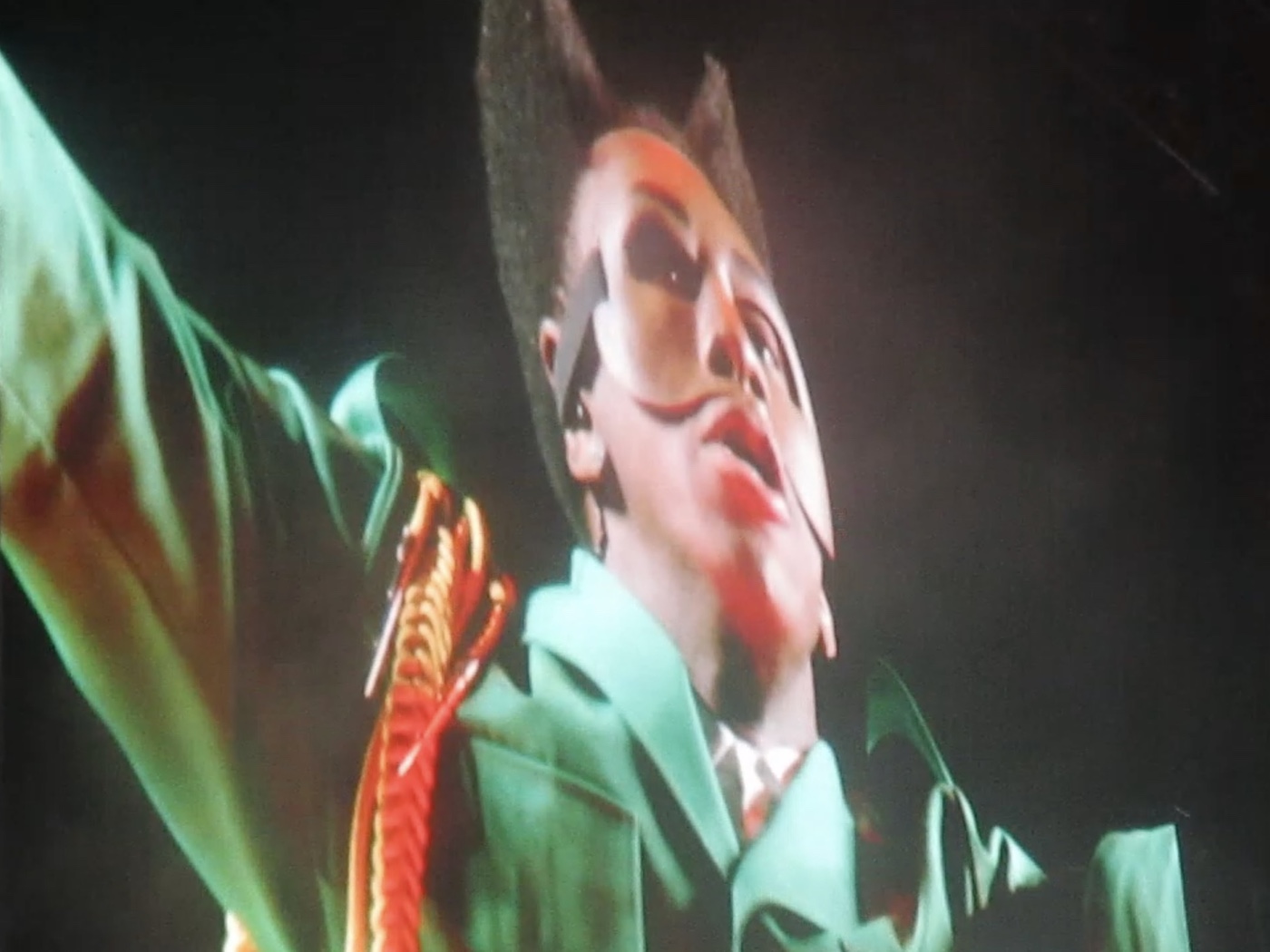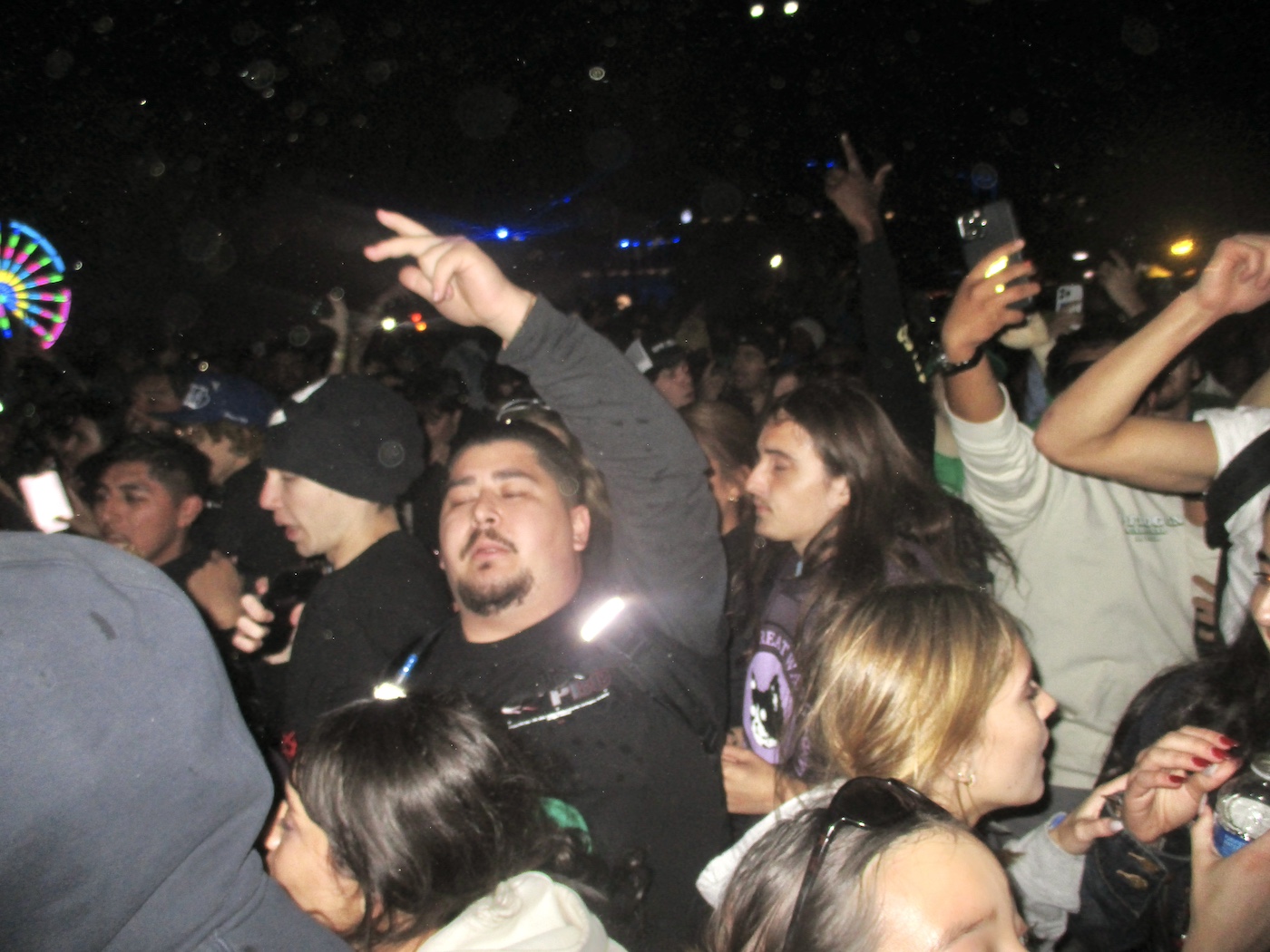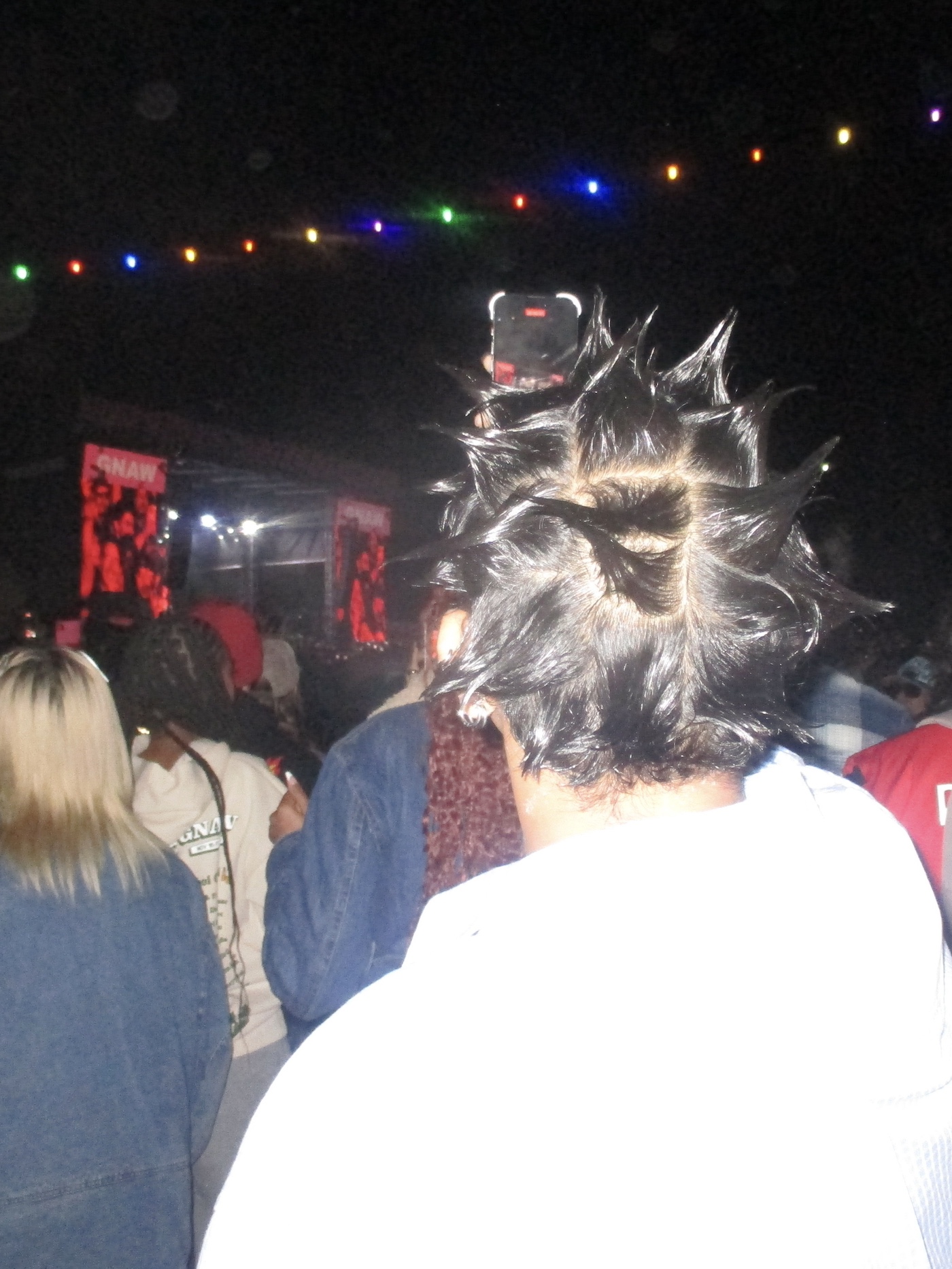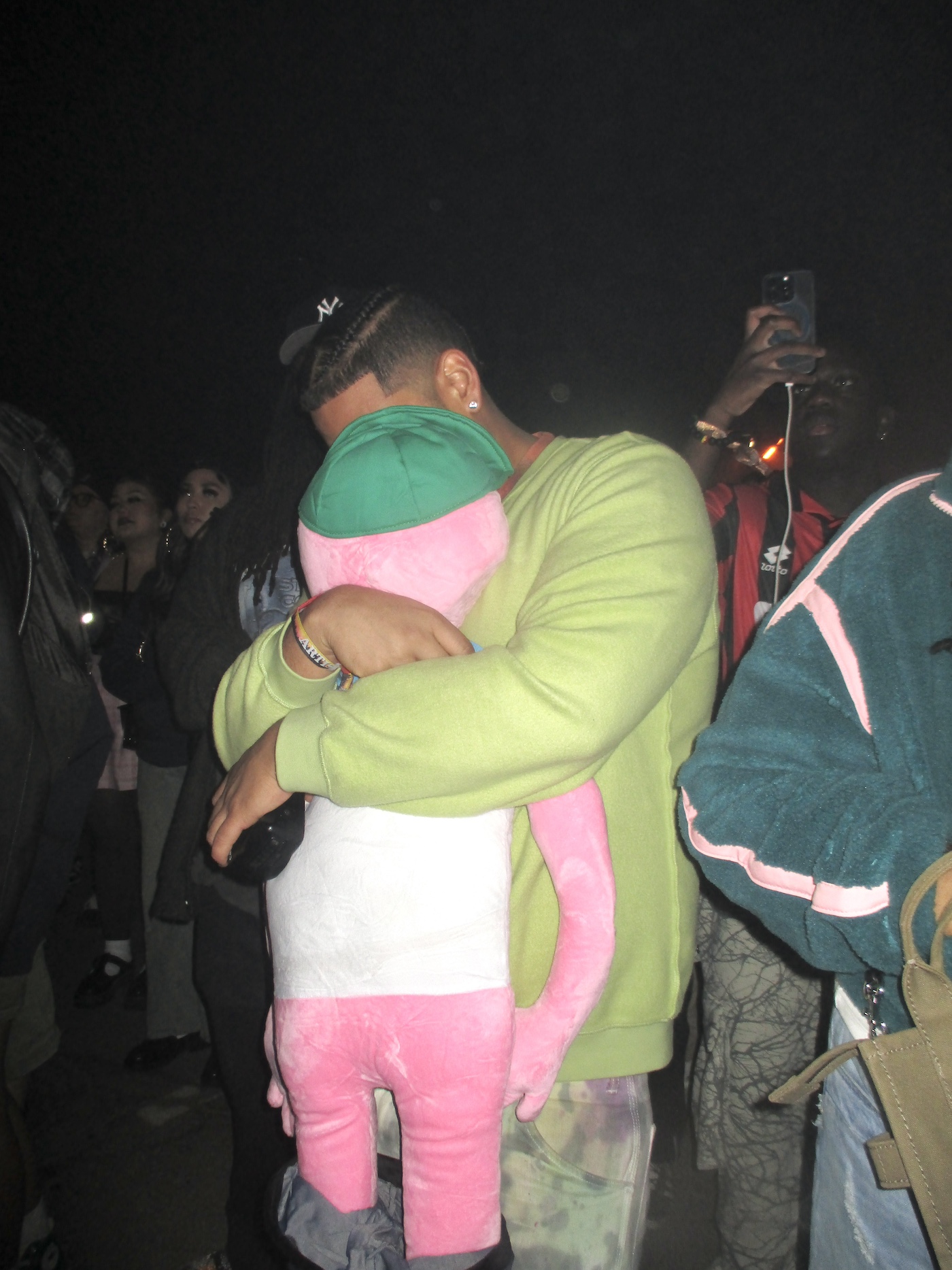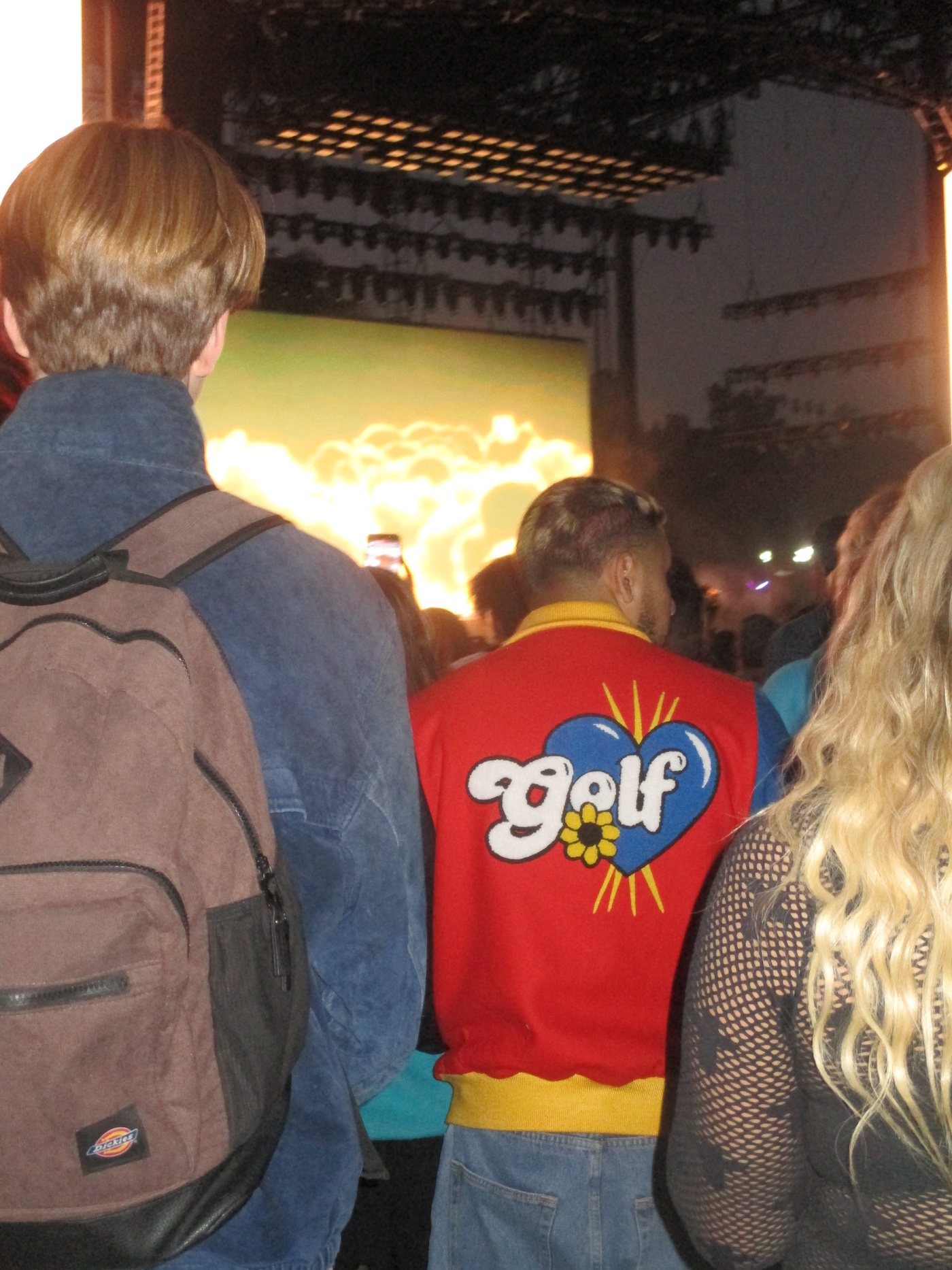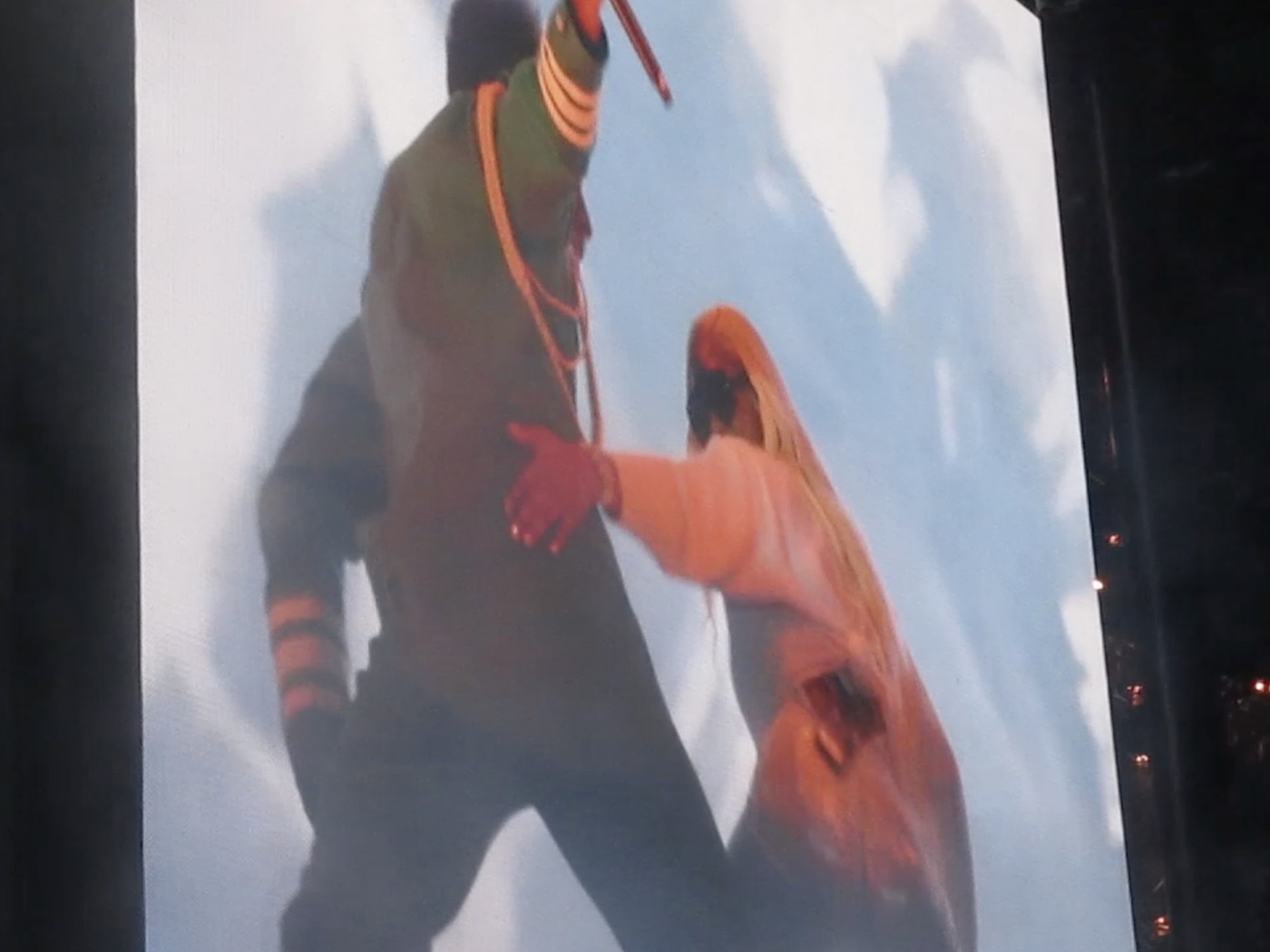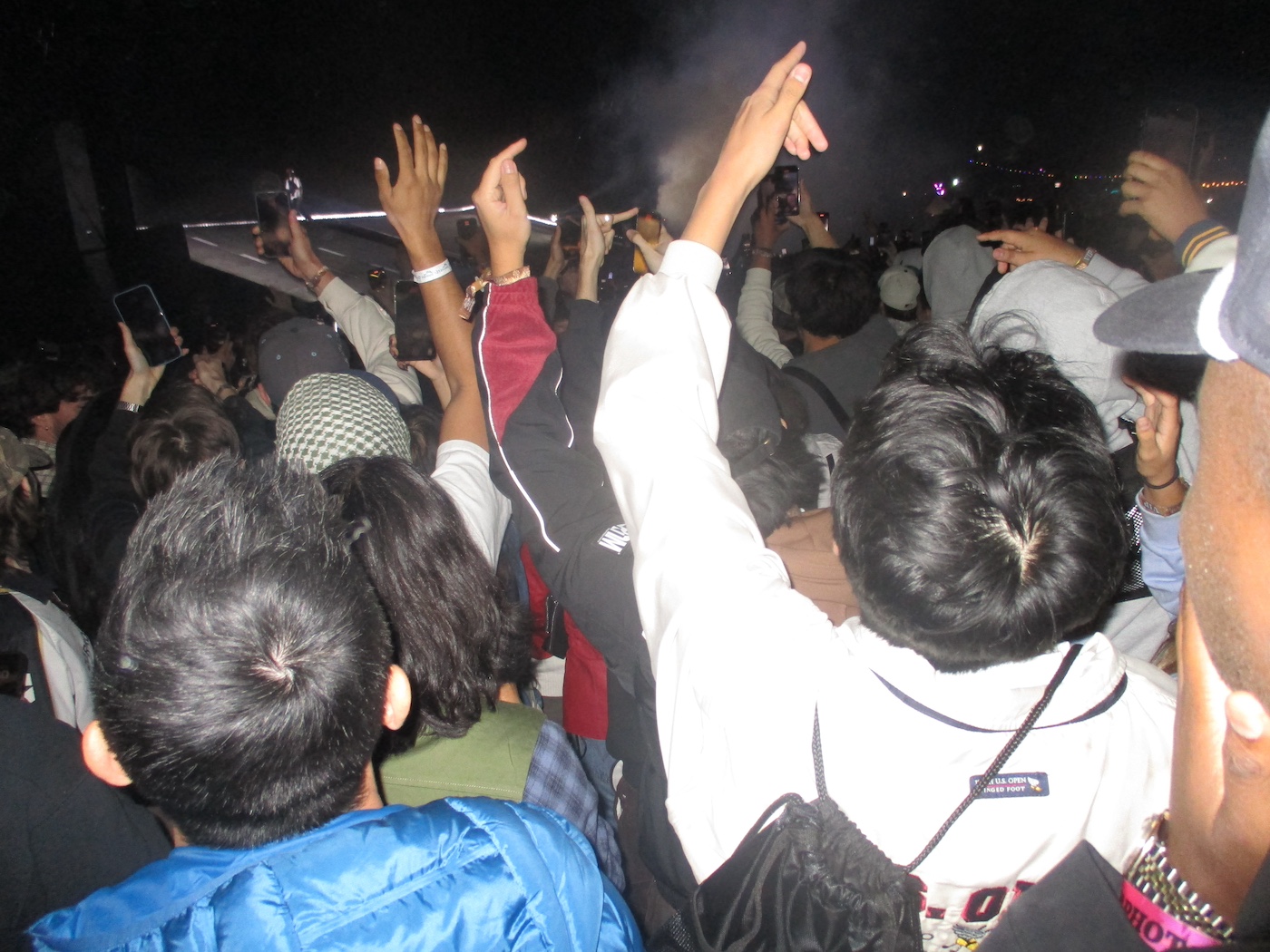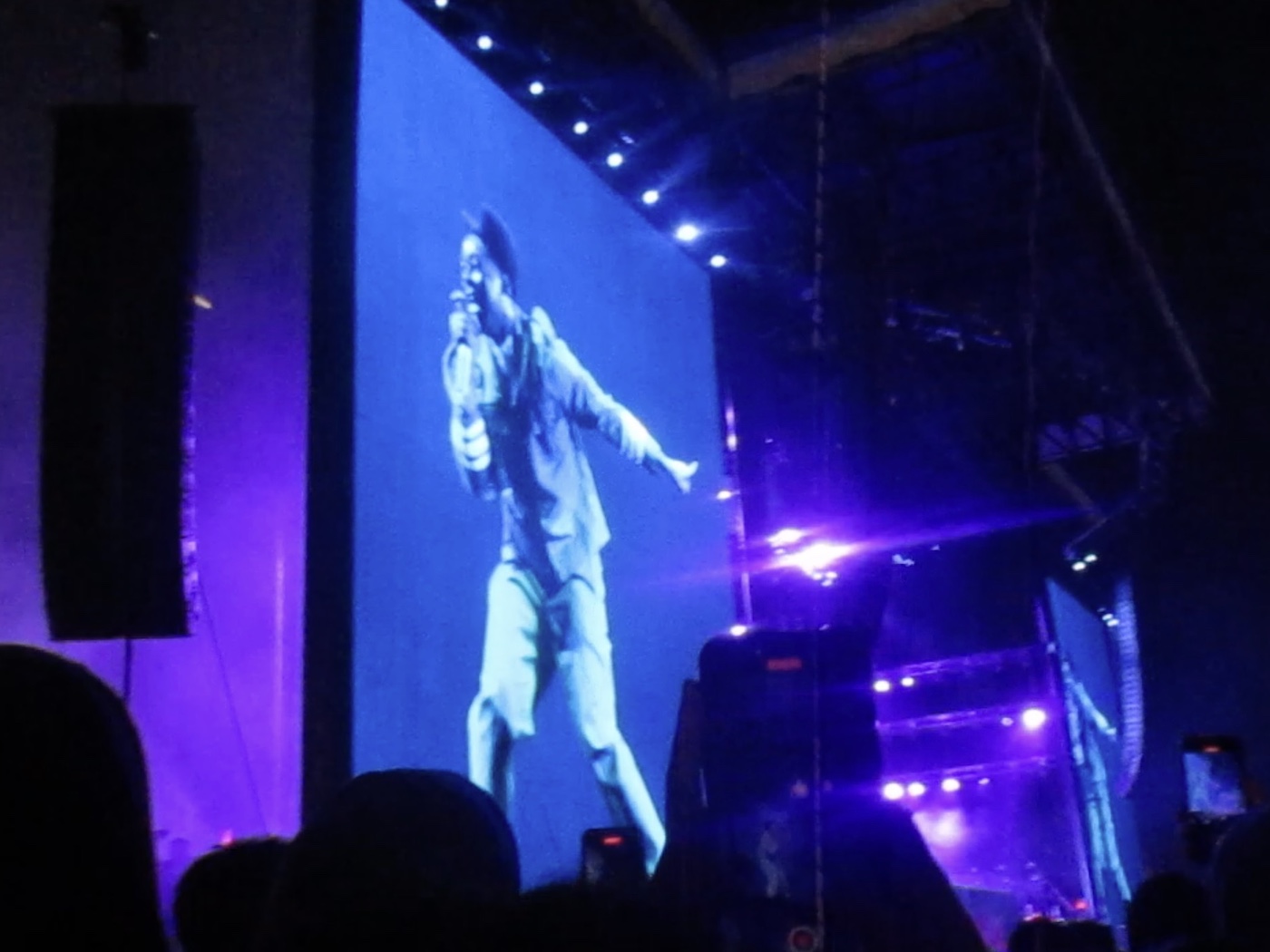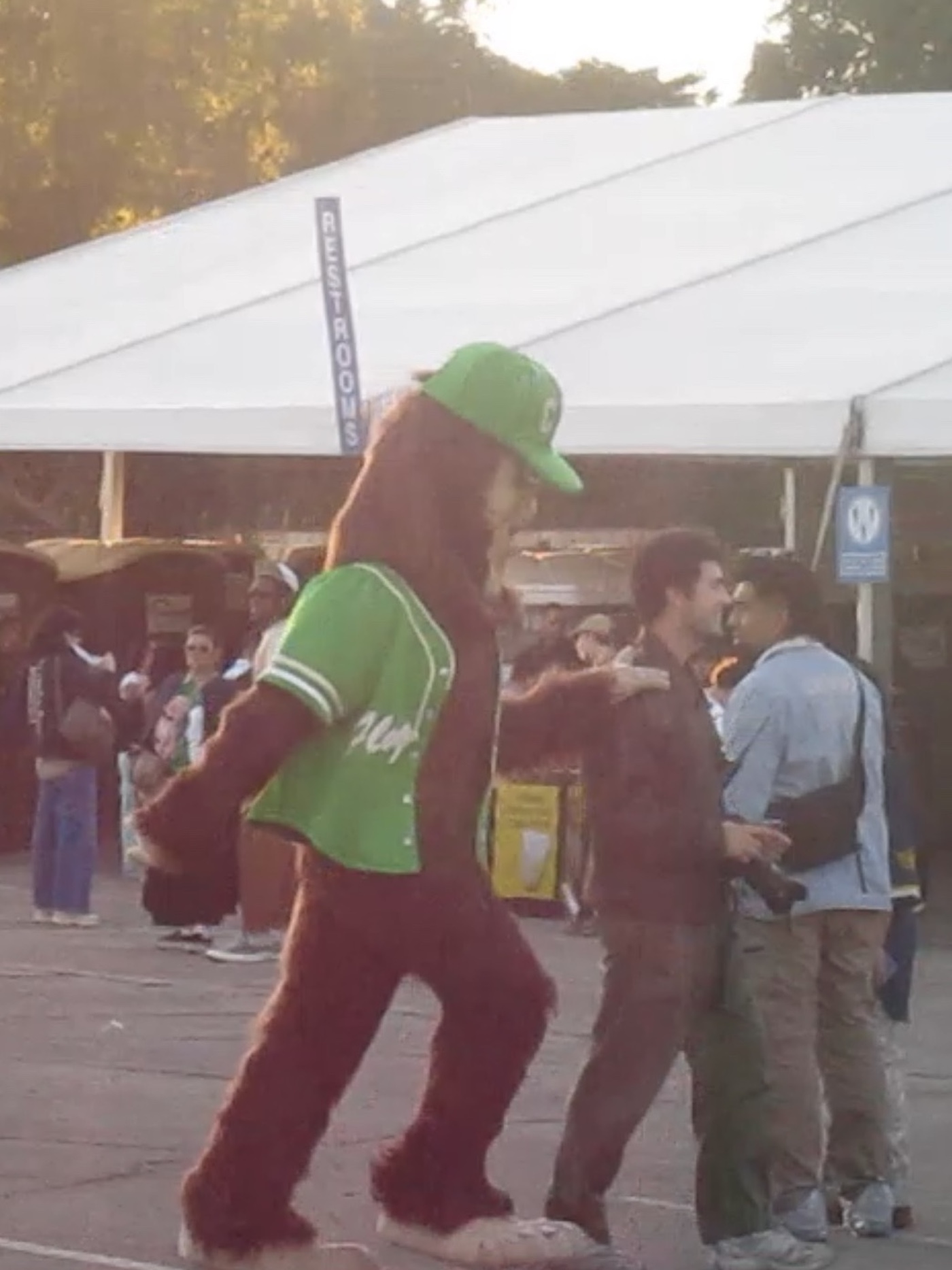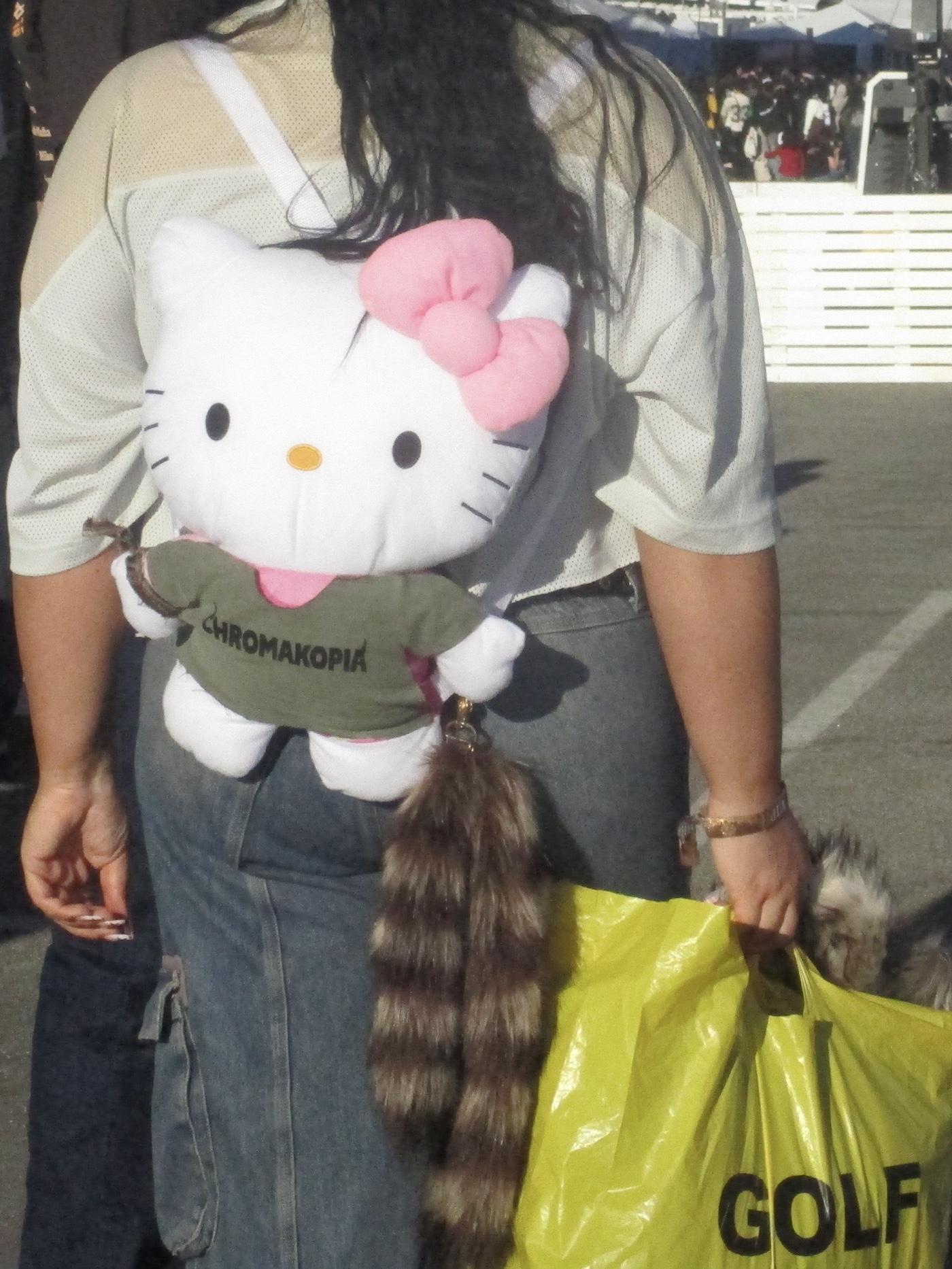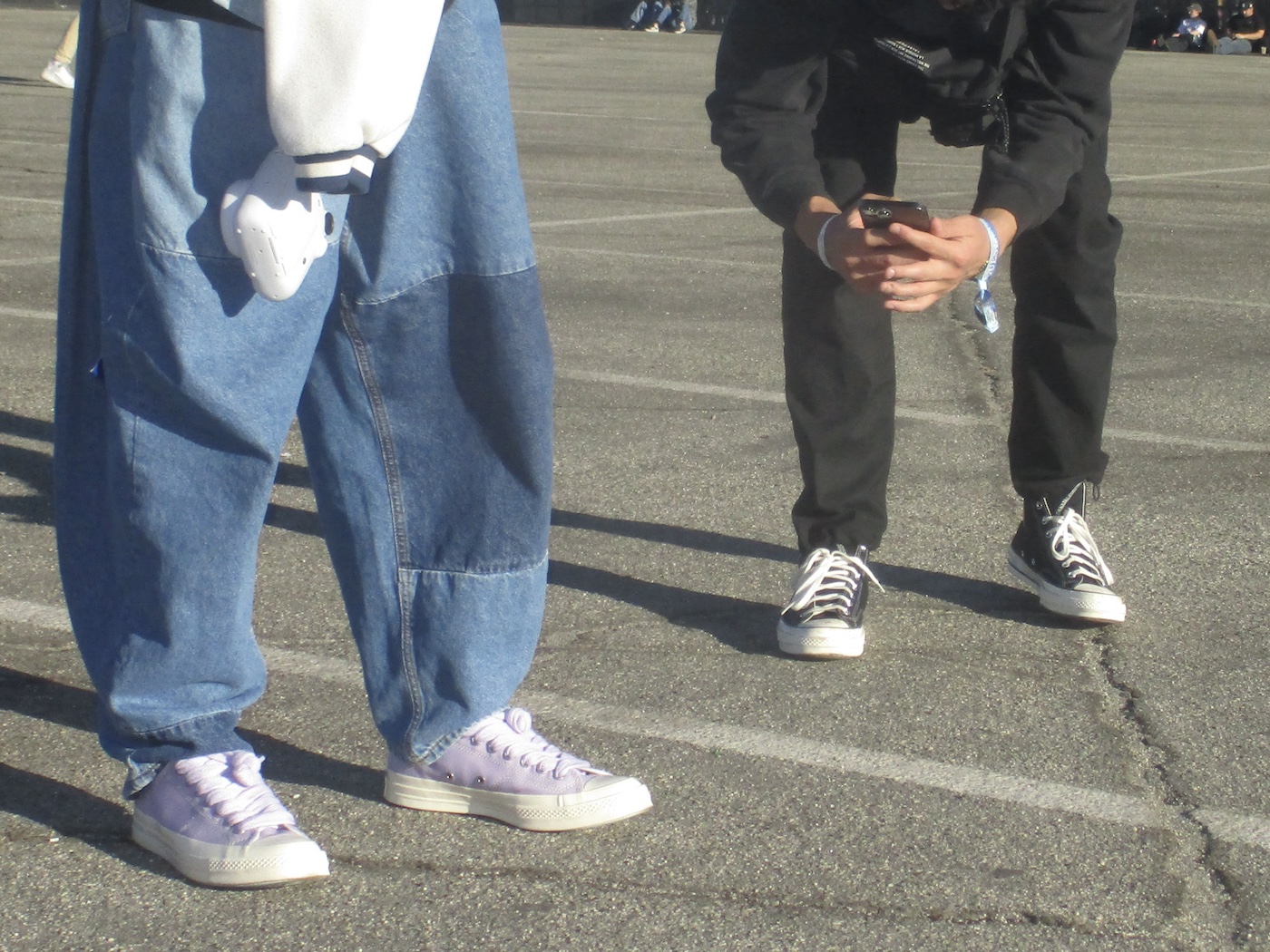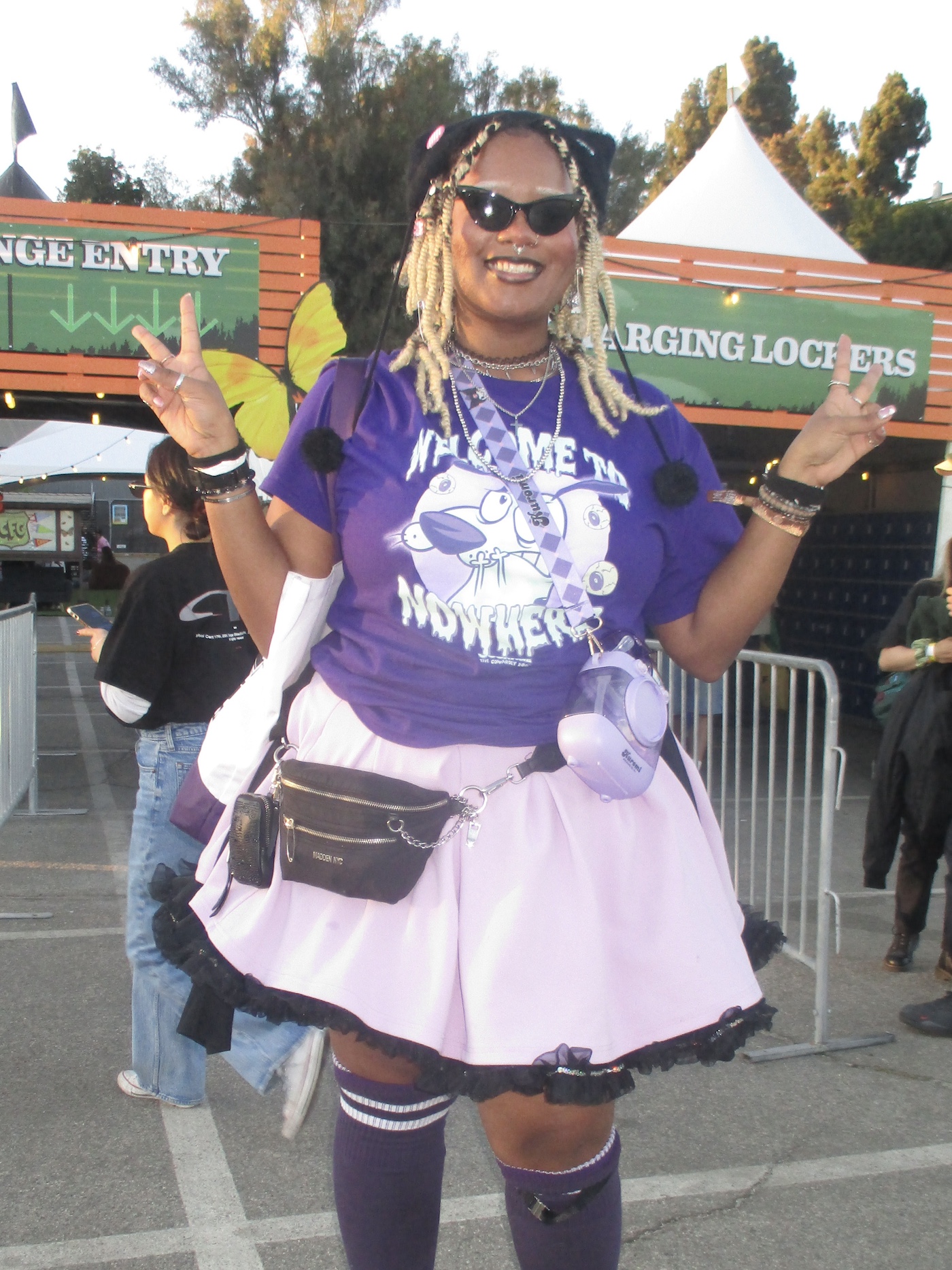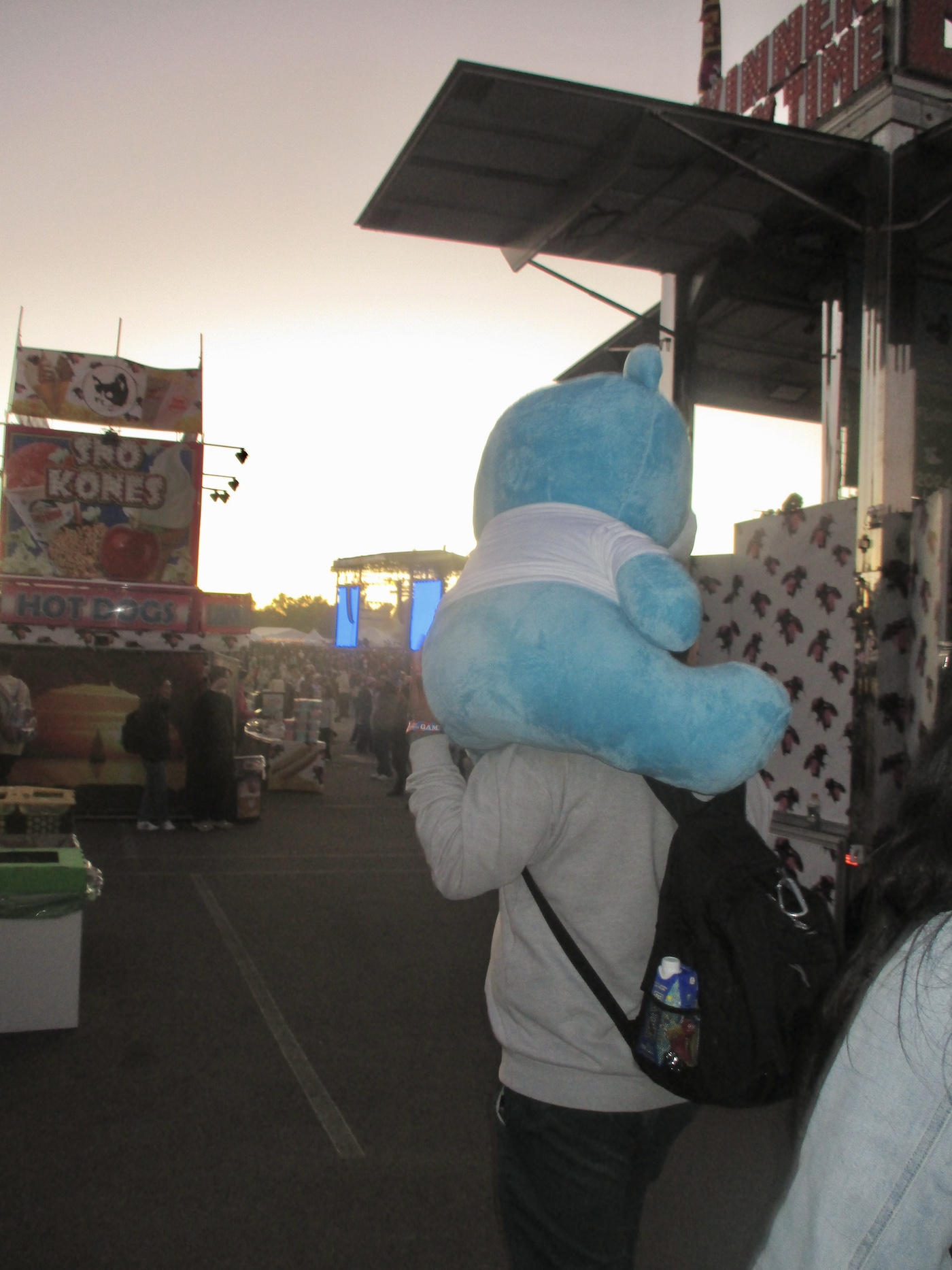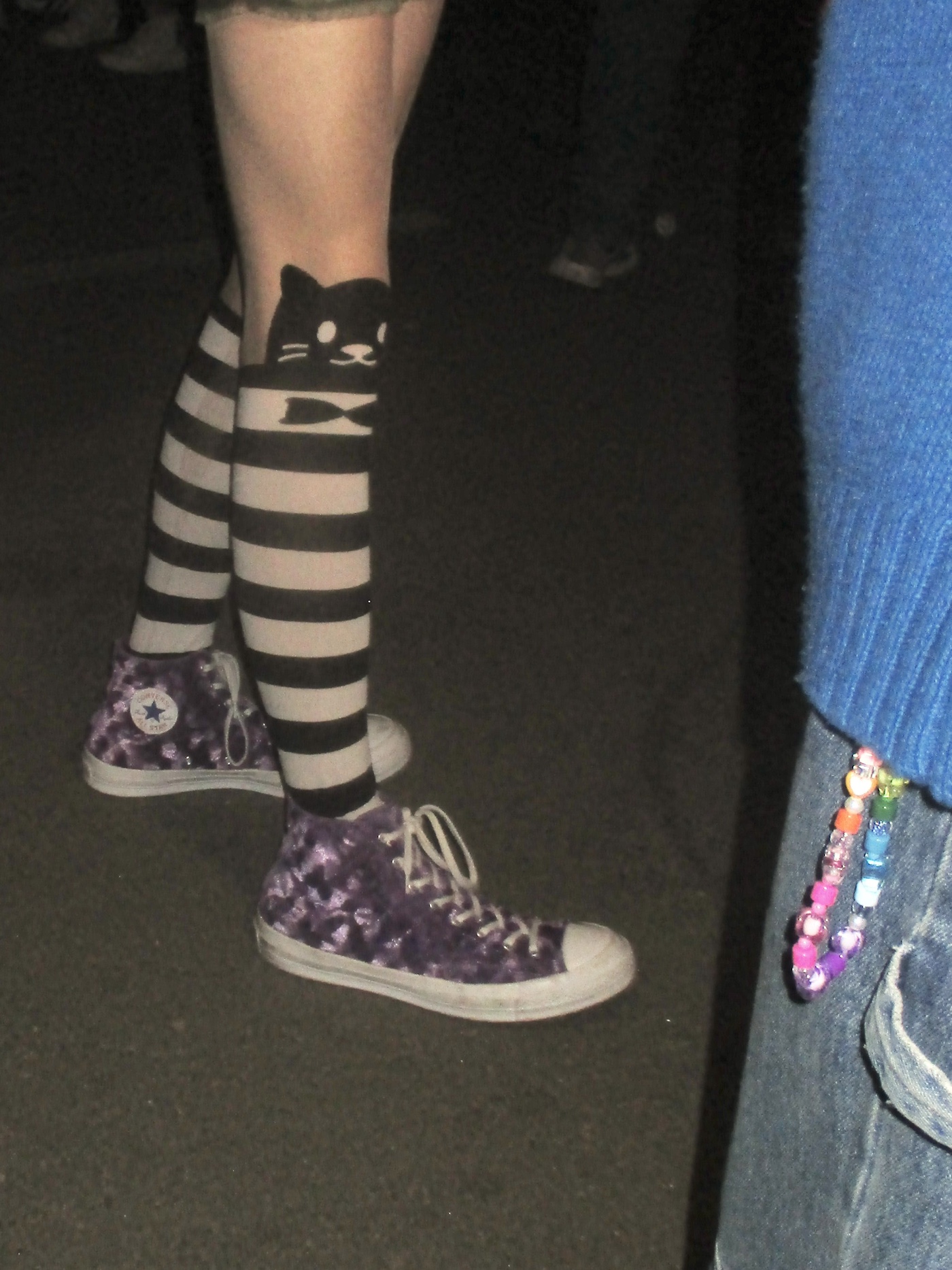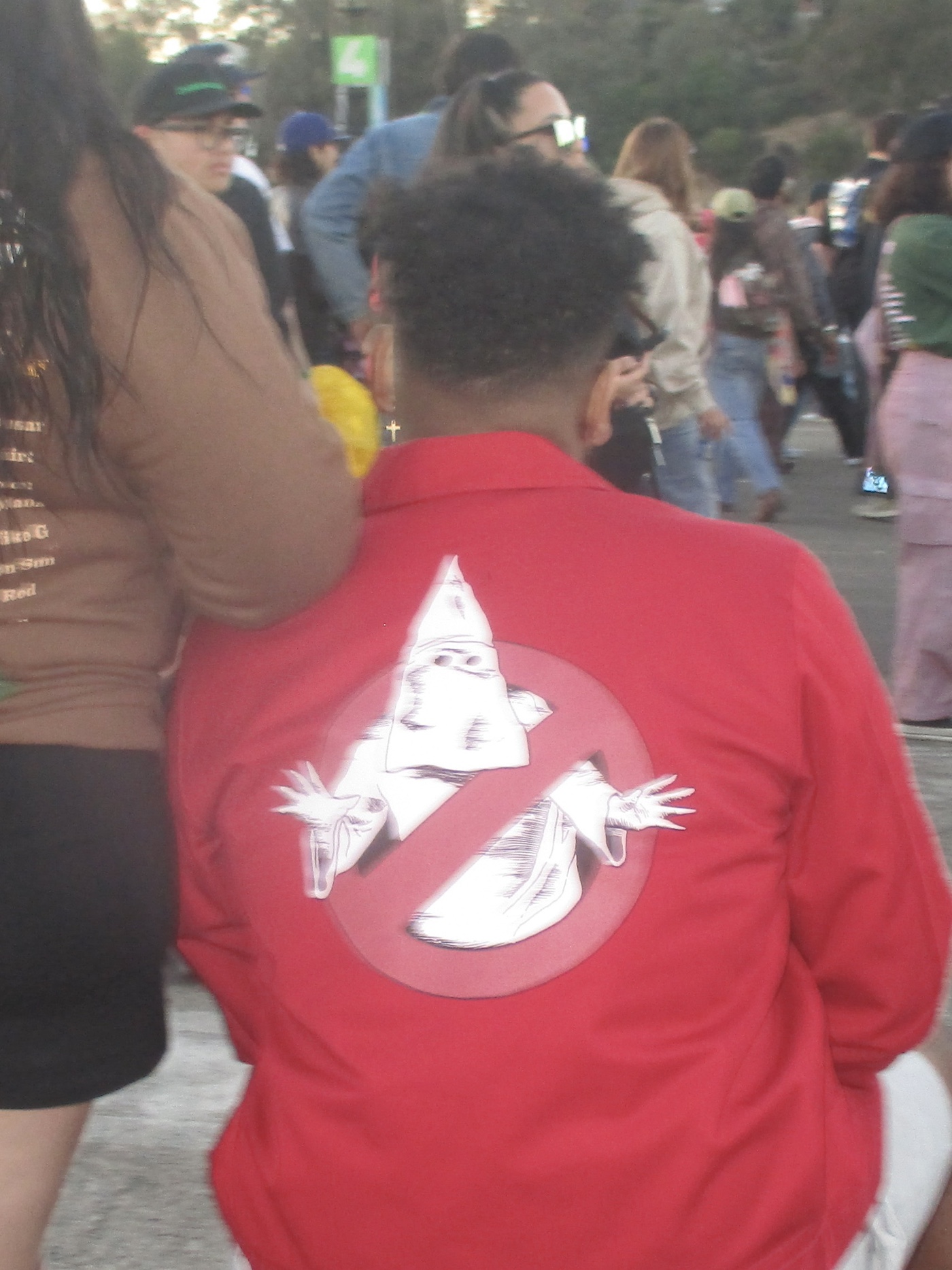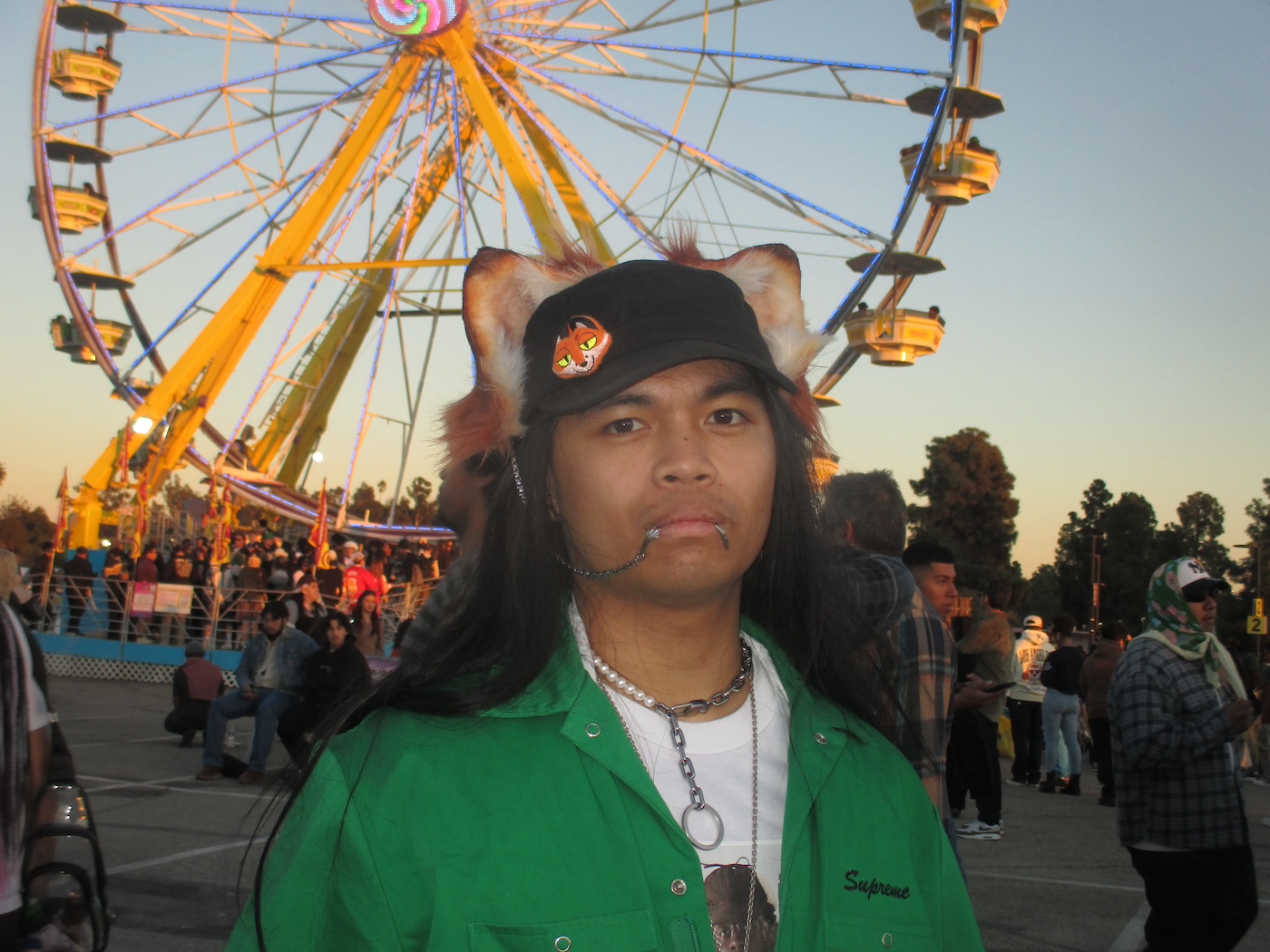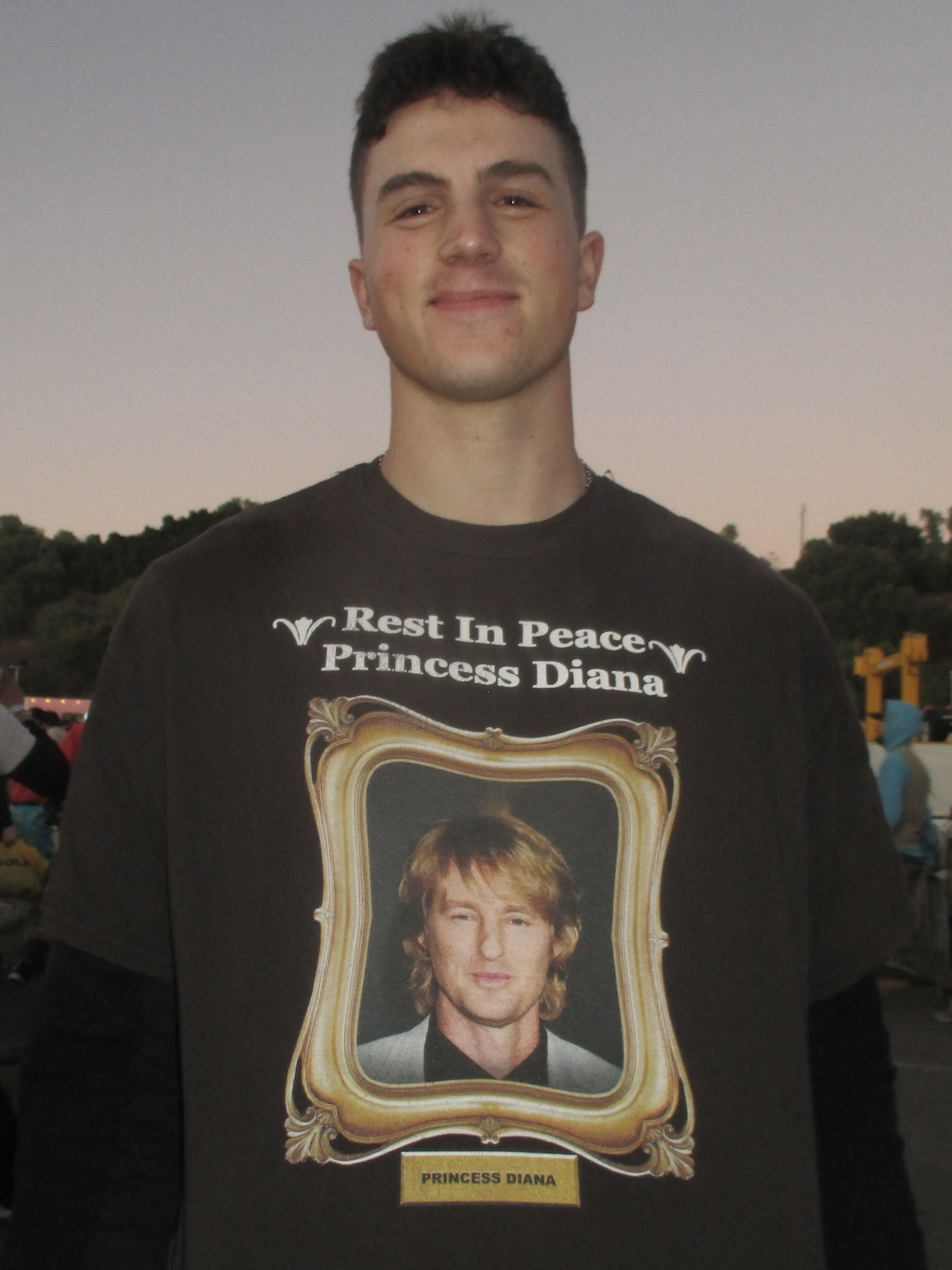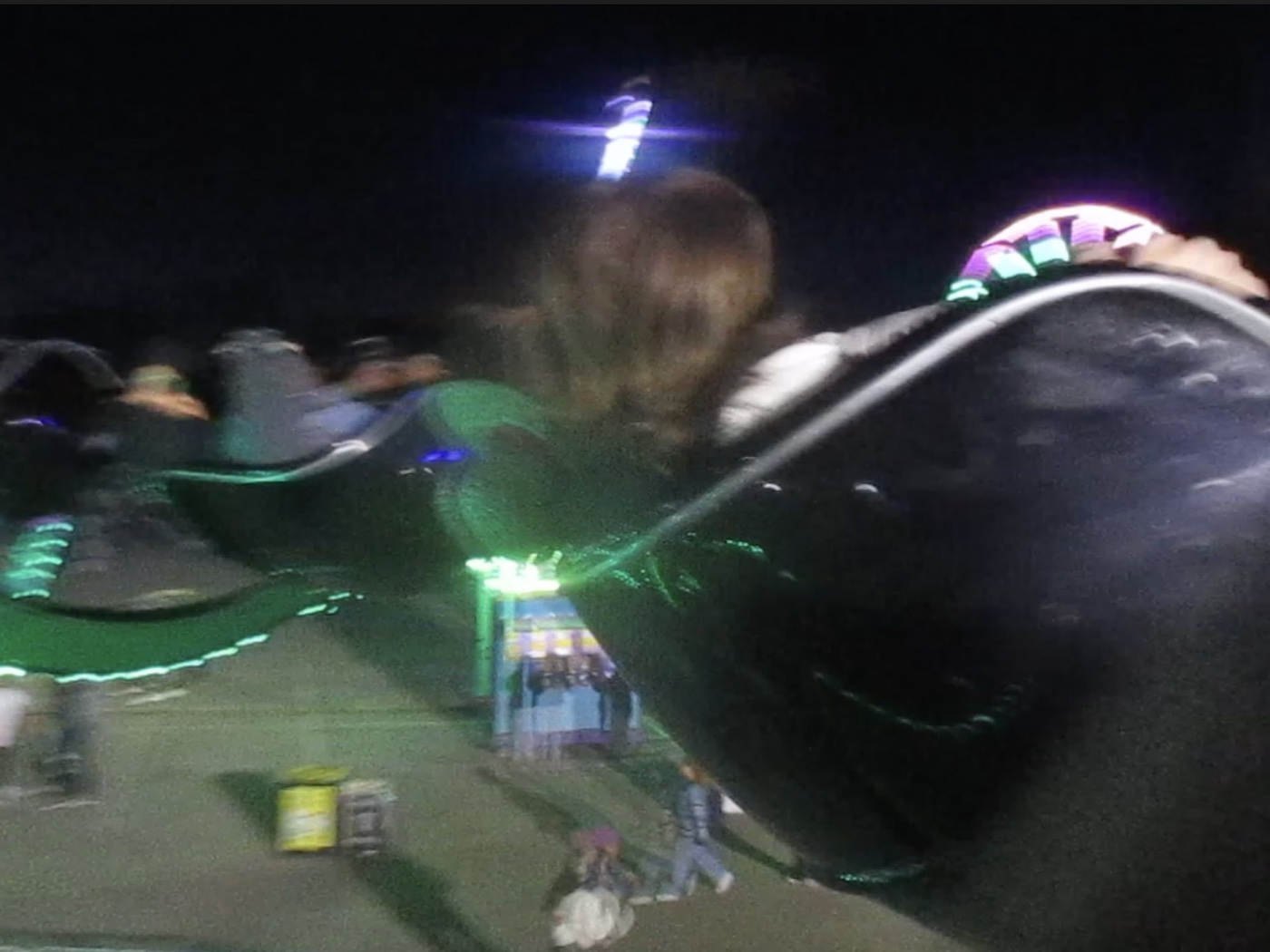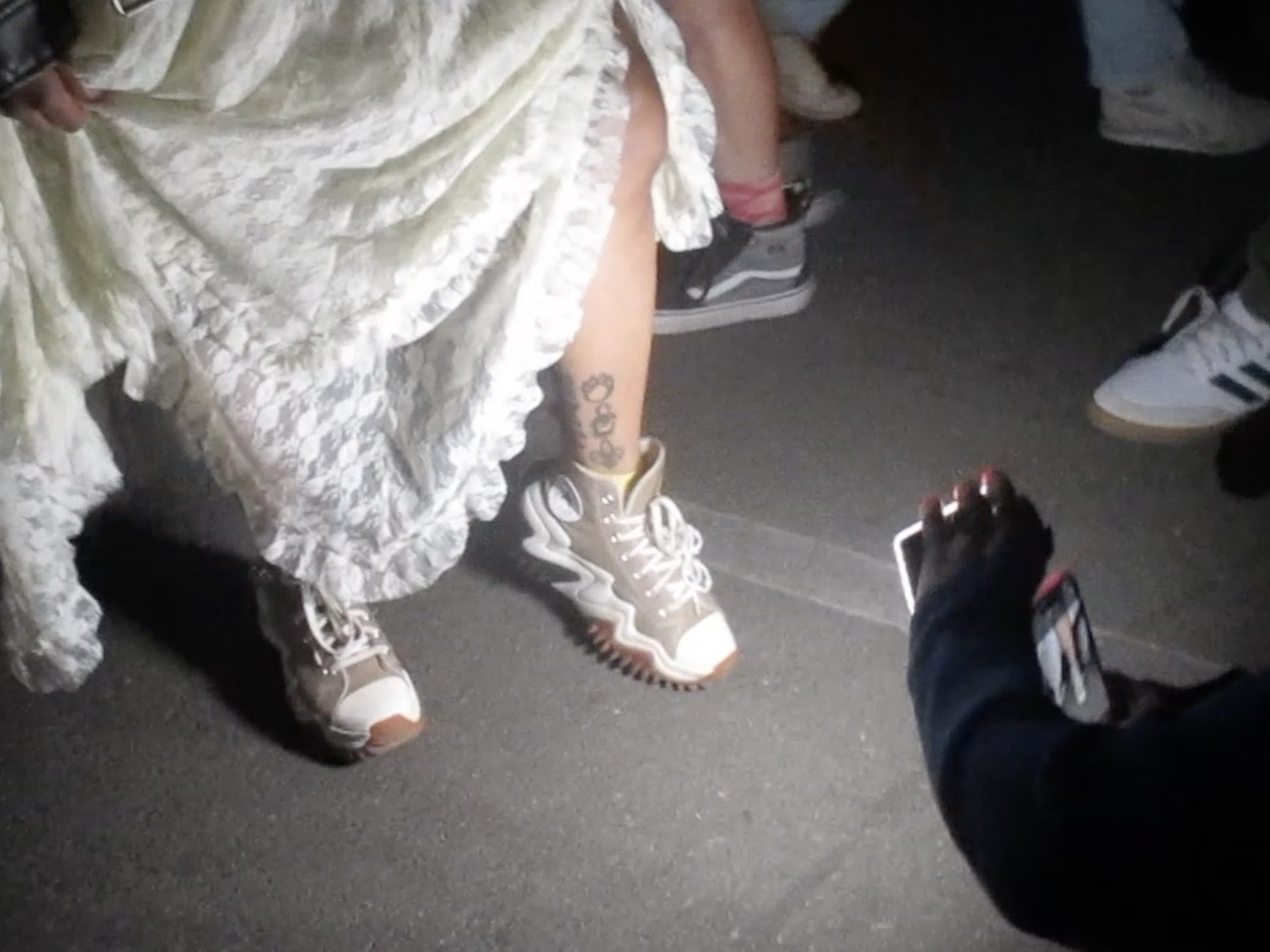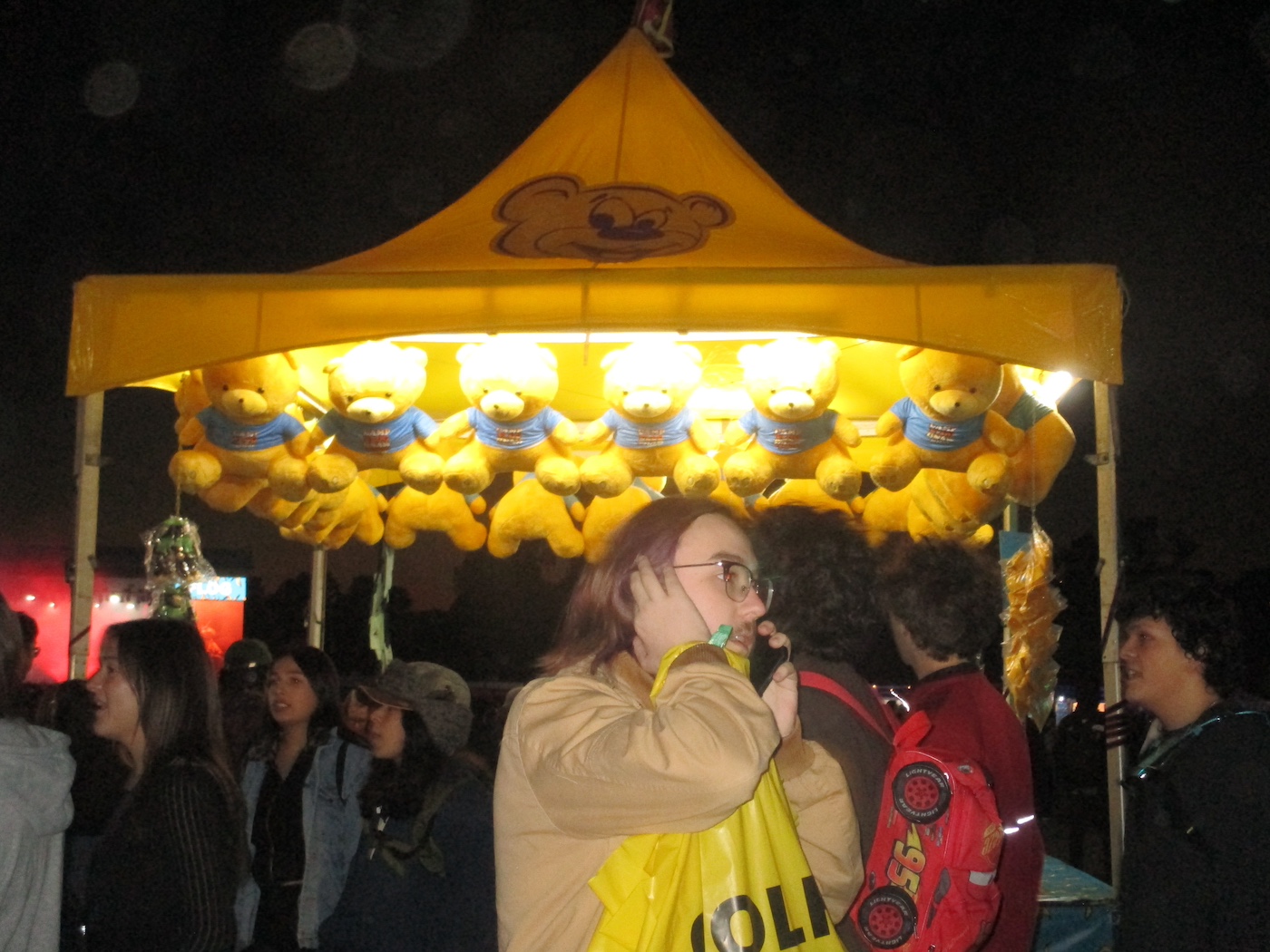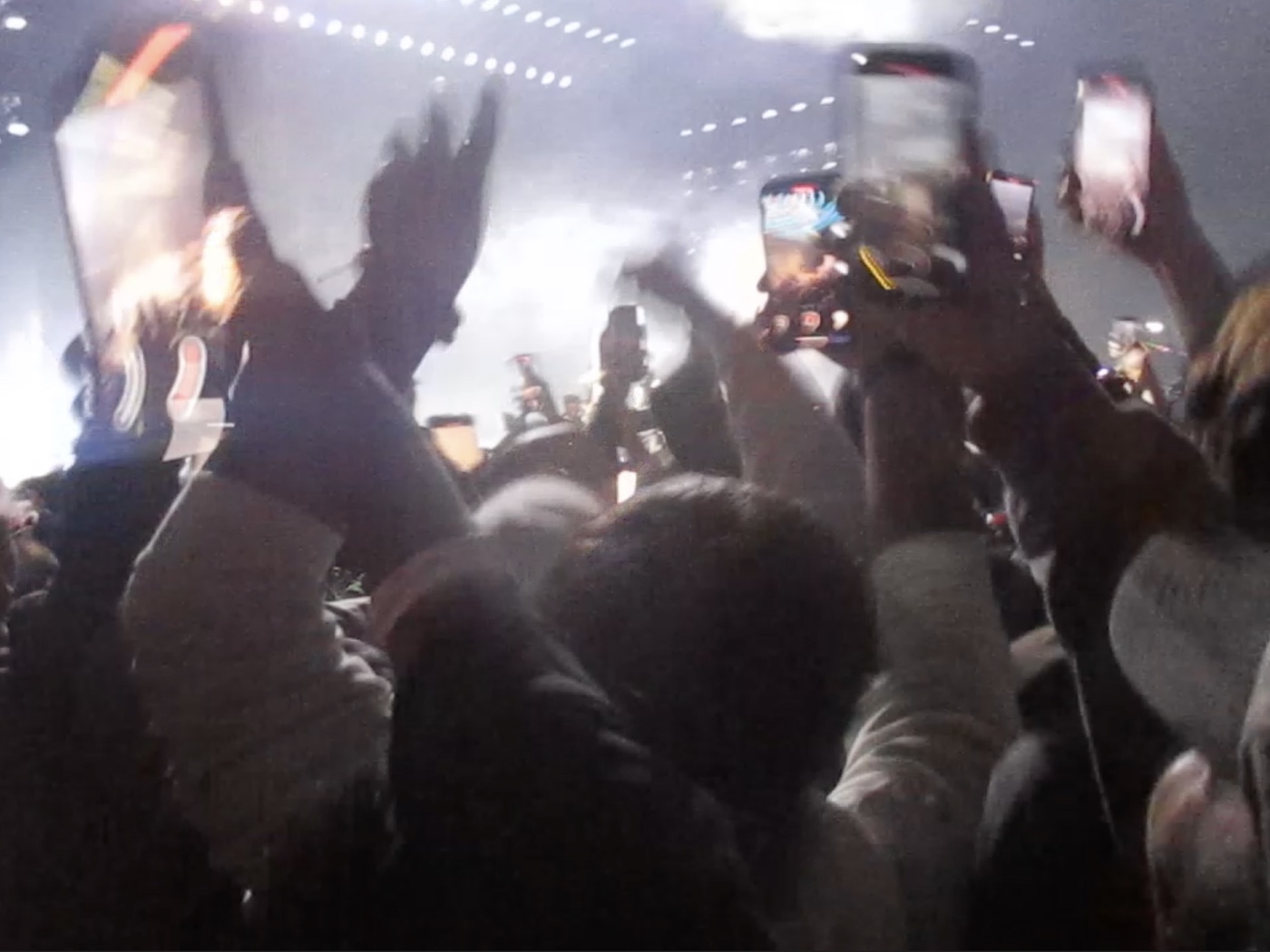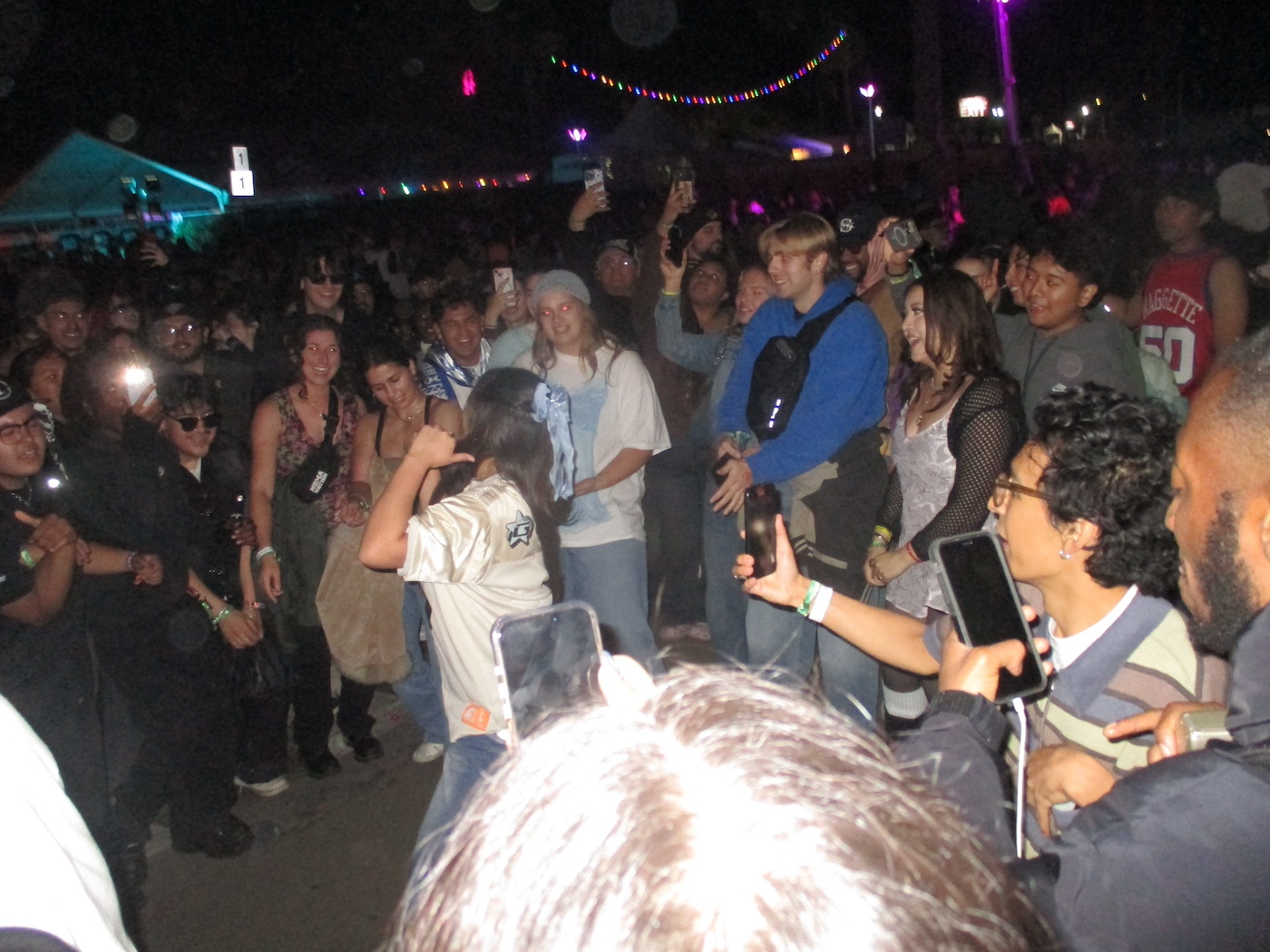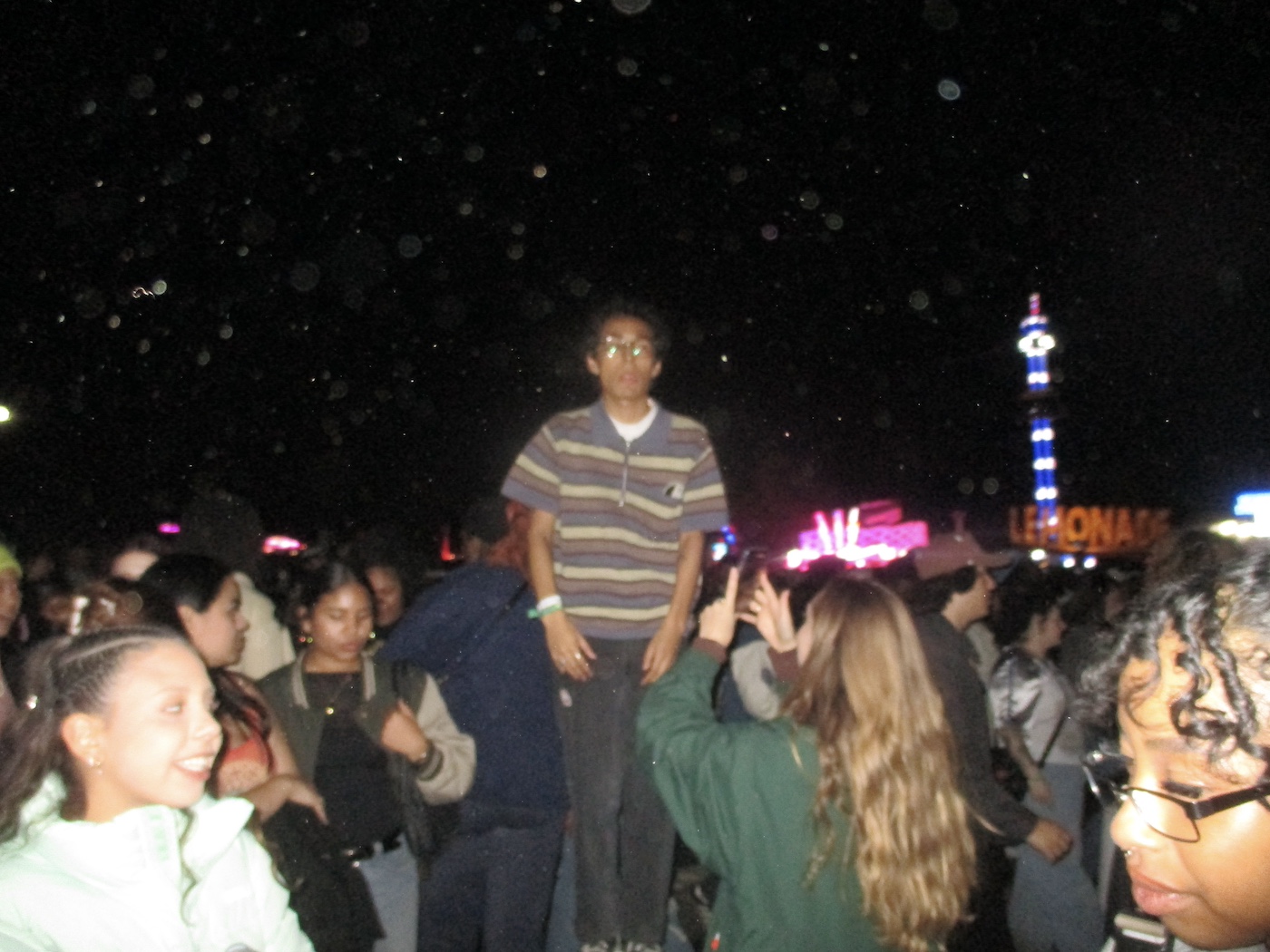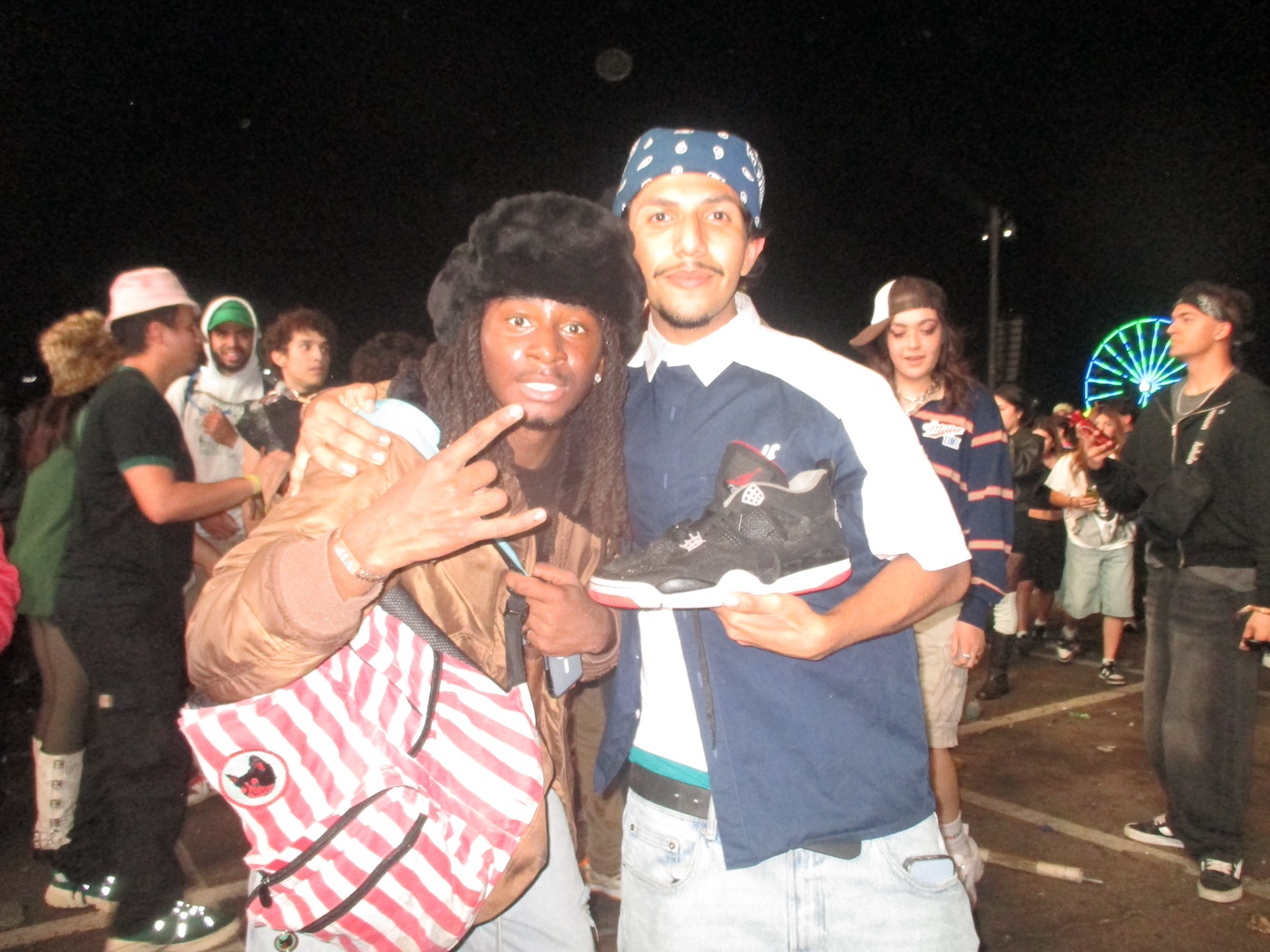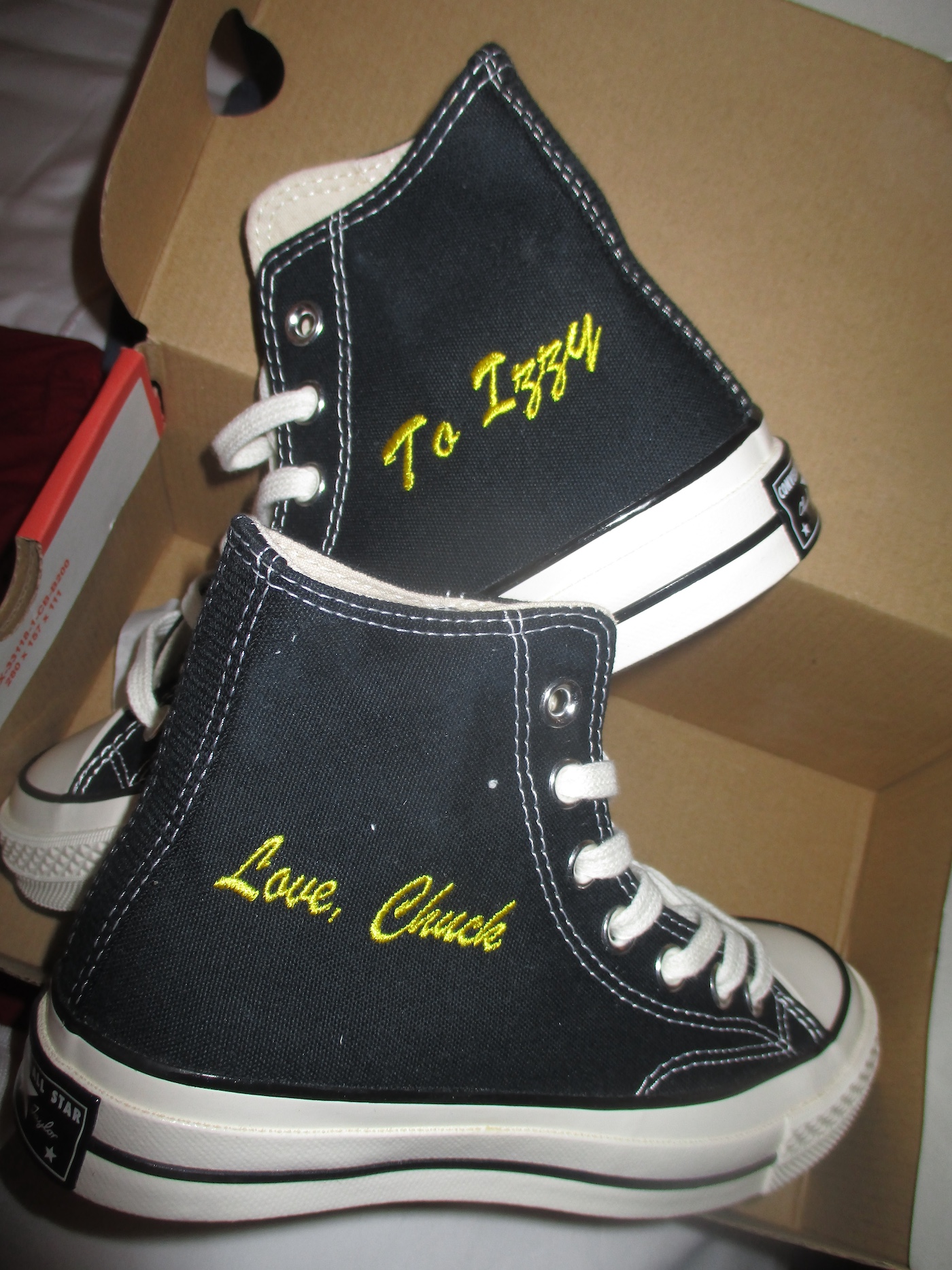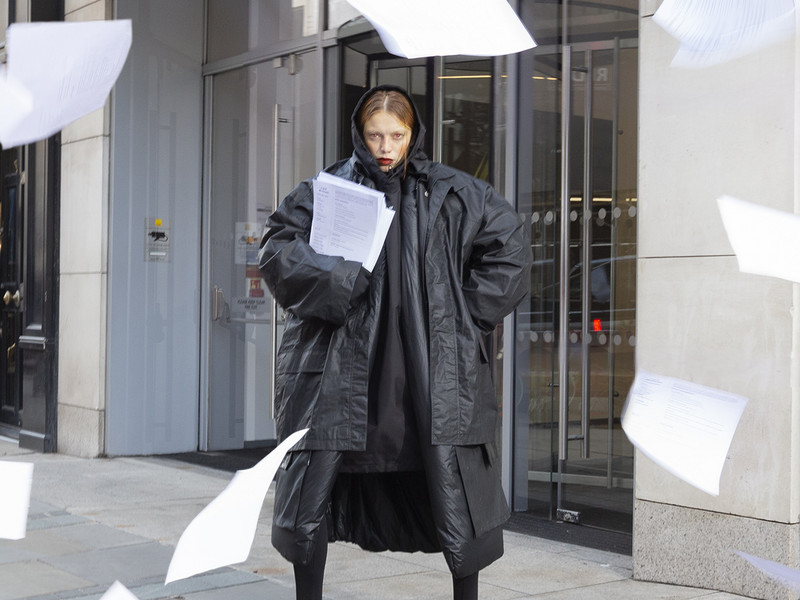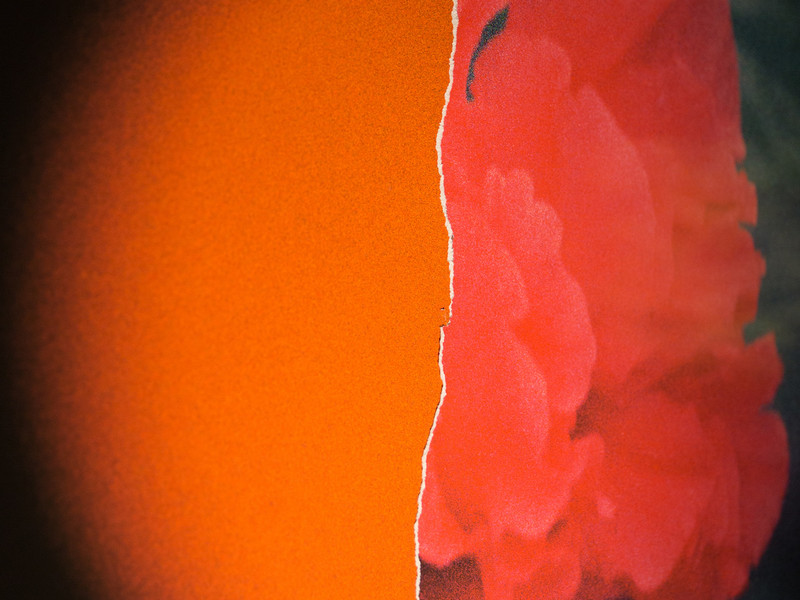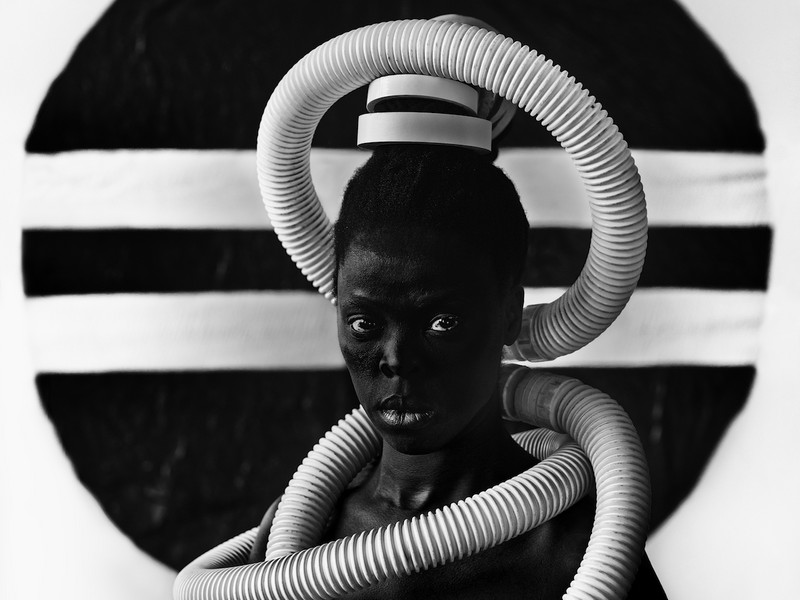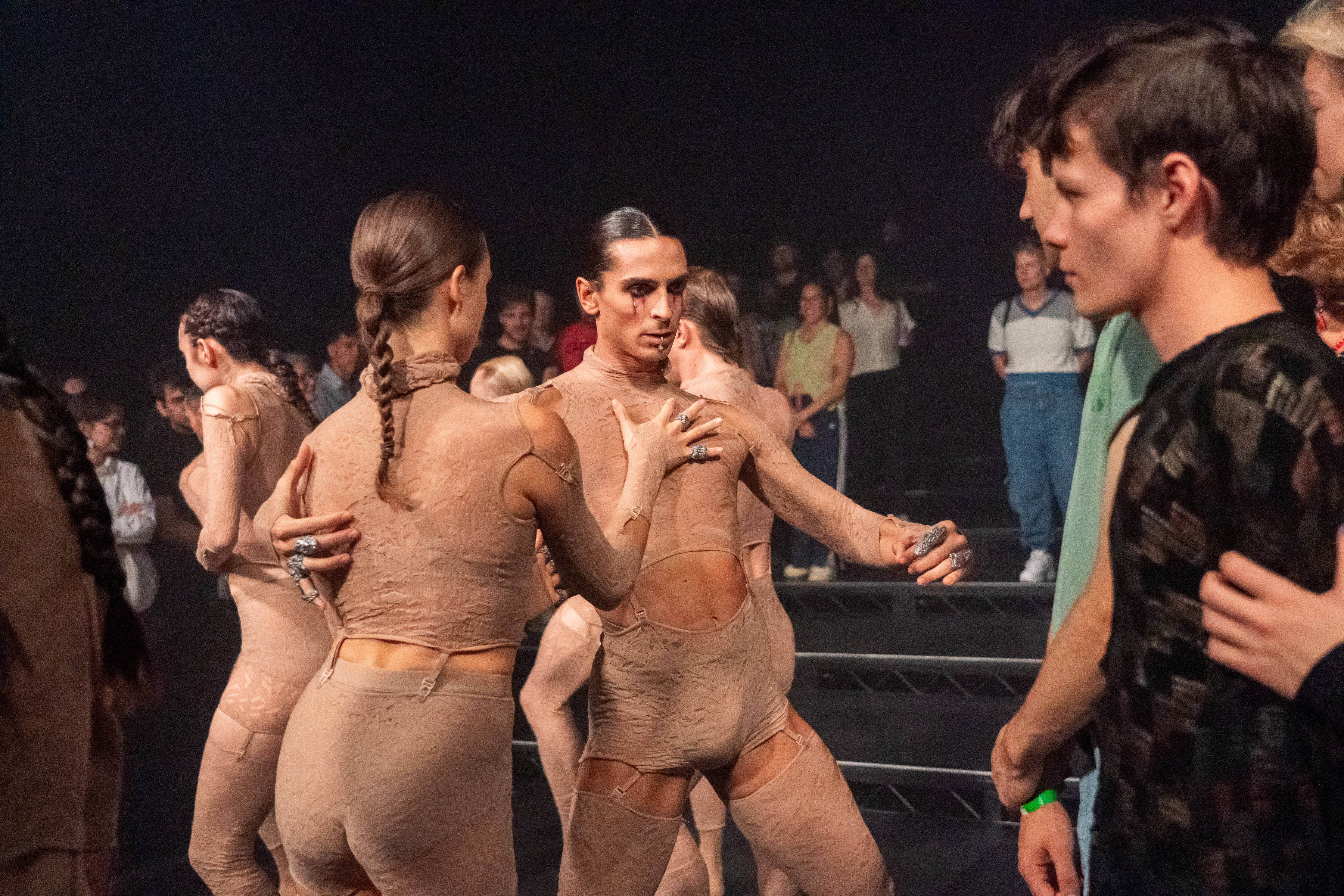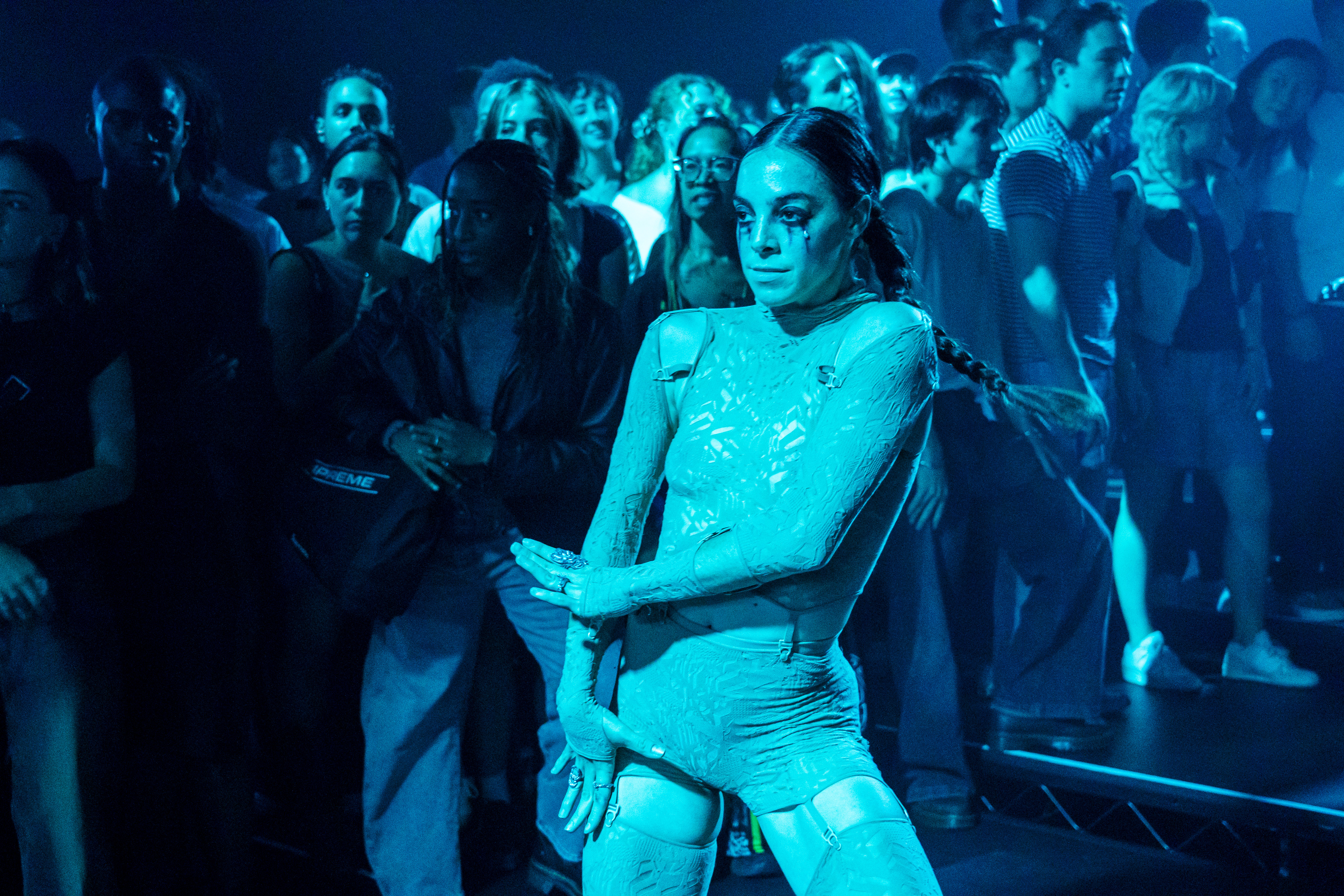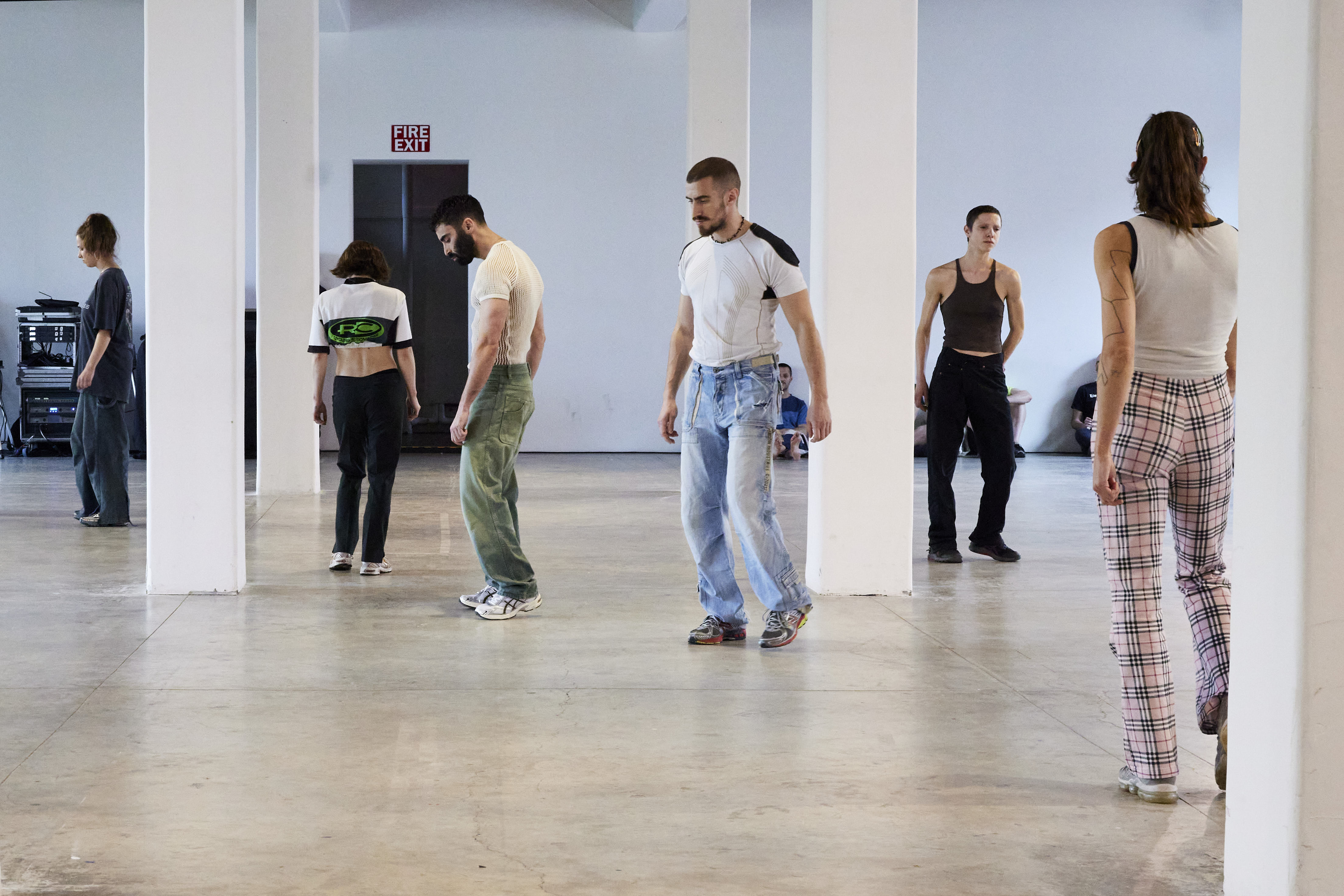Your coming out story was a huge moment that you shared with the world. How did you come to the decision to let the world in on your personal life?
I think for me, I just did it. I was always the rebellious kid. I was always the black sheep. I was always that kid. My mom knew from a very young age I was gonna test her, like 110%. I was born at 7am in the morning when she was going for her walk. She said, "This child is literally a menace.” So coming out wasn't really coming out. I just bought someone home. I said, “Hey, this is this. Any objections?” I’ve always been a diplomatic kind of person and a justice [oriented] kind of person. One thing I realized, too, is people will get comfortable if you decide whatever you decide on that day. That might be uncomfortable for a while, but they will have to just get comfortable. That's just it, if they're gonna stay in your life.
I related to the way that you wrote about feeling guilty for leaving your family. I’m also first-born from an immigrant household. Does that guilt still come up sometimes or has it subsided?
100% it does. I even had my therapy session yesterday morning. I have therapy every Monday at like 8am and my therapist, an amazing Black woman, by the way; she and I were speaking about the feeling of whether your siblings resent you for doing life in a way without them being fully involved. My siblings, they're all in Australia. Australia is not like Miami or Los Angeles or New York. It's 25 hours, and that's on a good day. I can't really get up and leave when I'm trying to build an empire or a career, or longevity in my career here. I have 11 younger siblings, so I watched a lot of them be born, and then now graduating. So the guilt never really goes away, but I've just learned that we're all individuals in this life, and we all have paths that we have to follow. It's obviously ultimate love and unconditional love.There'll be a point where I'll be able to go there, or they'll be able to come here and stay for a bit longer. I think it's growing pains, that's the thing about siblingship. There are a lot of growing pains that society doesn't really speak about.
Are you close with your mom as well?
My mom is 15 years my senior. So she and I grew up together. I watched my mom go through her 20s, and now I am going through my 20s, and she's in her 40s. I'm like, I get it. I kind of get why you were wilding out [laughs].
If there was any place you could go at the snap of a finger, where would it be?
I would go to South Sudan, because my grandma is there, and she is the sweetest woman ever. When I go back to Sudan, all she does is wake up and have coffee with ginger and then speak to me about her entire life and her mom's life. She just loves to tell stories. I'm more of a writer, so I don't really have much to say to her. So, that exchange is so intimate between her and I, and she's just my peace. She's literally just my peace, my dad's mother. Then another choice, selfishly speaking, Hawaii, I've never been, but I just think about being under coconuts. and Bretman Rock lives out there, and I feel like he lives such a peaceful life. I would love to just experience that first day, even with the chickens and everything. He's living his best life. That's my favorite manifester, right there. He's amazing.
I love the way that you talk about your grandmother. Passing down oral history is so important.
So important, because libraries get burned down. We know that now. They get removed by politics. So, oral knowledge is so important for the human experience, and culturally, we actually do more oral passing down with my native language. They haven’t started having books on it until recently.
Even those traditional types of things being passed down. I saw a dad practicing haka with his baby.
I think it's so spiritual. I saw the haka being done in the New Zealand Parliament. I went to law school, so I love politics. I can talk about politics all day, and I just I cried, because they ripped the paper and then to performed. And being able to be stopped—that's just so powerful. I hope it gets passed the way they wanted to pass it, to be honest.
Oh, wait, did you finish law school? Like you finished?
I didn't get to finish. I have one more year left, and I have two years to decide whether I go back or not. It's just my schedule. I have so much that I want to do in fashion and entertainment, period. It's one of those things. I will go back to school 100%, I want to get multiple degrees. I just want to learn. I think I'll go back, it’s never too late for that.
Definitely, never too late. I don't think it's ever too late to just start over. What type of law did you study?
I did International Relations, majoring in International Policies. So I wanted that to be my ultimate goal. I wanted to be part of the United Nations body for South Sudan. I was 17 when I decided that. I just started working extra hard, getting extra credits, getting in early, and then the universe was like, “You need to go into fashion.” I was like, “Okay, let's go!”
You don't really seem like a person that really cares to present themselves a certain way, I like that you're not really fearful of being perceived. Do you see yourself as a role model like the supermodels that came before you?
For my siblings, I've always been a role model, because I'm the eldest sibling, and I grew up with my mother. I think there were instances in our relationship where she saw me as a role model versus when I saw her as such. I see her as a role model because she's my mother, you know. I definitely do think I'm a role model. When I walk outside, kids, teenagers, people in the industry, or my peers come up to me and I'm like, “Thank you.” I know I'm being perceived. I am careful with some things, but in essence, I'm just a Aweng. and a Aweng is busy doing this, or Aweng just did this cover, or this campaign.There's perception there, but I think in being a role model, I just try to kind of make sure anyone that's watching me knows that the world's a mess but we're gonna be okay and to be kind.
